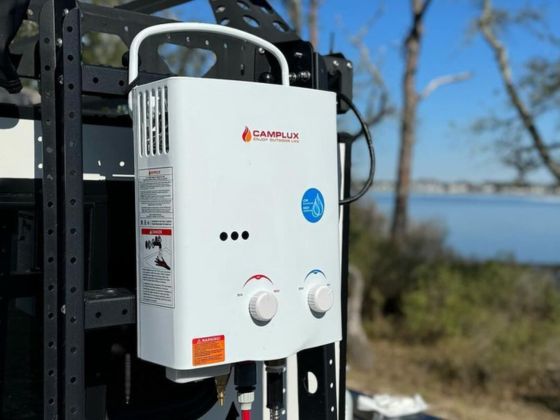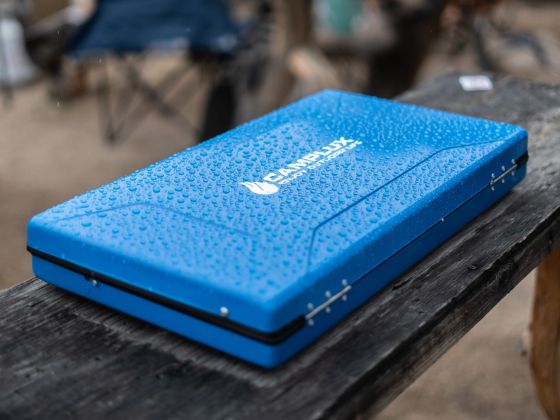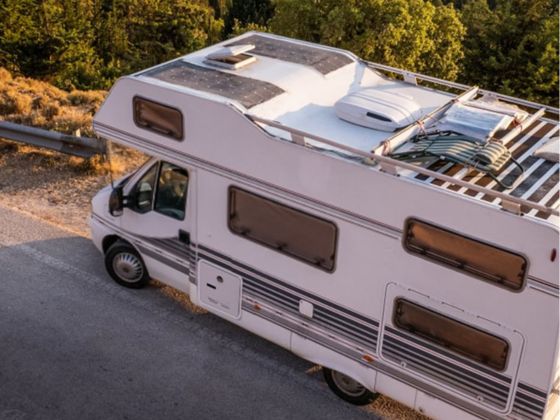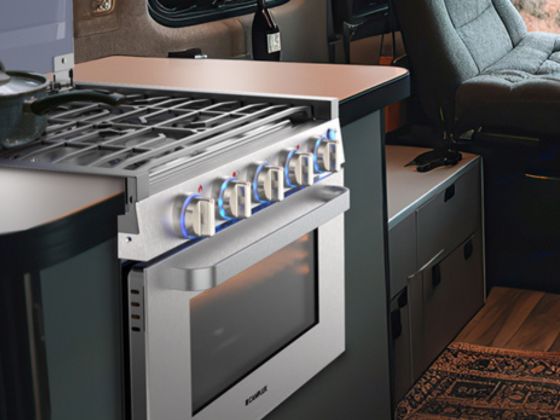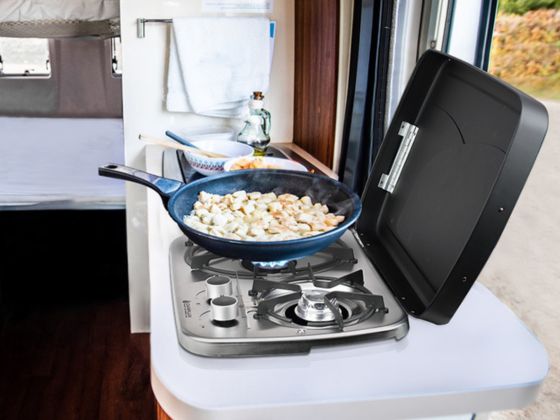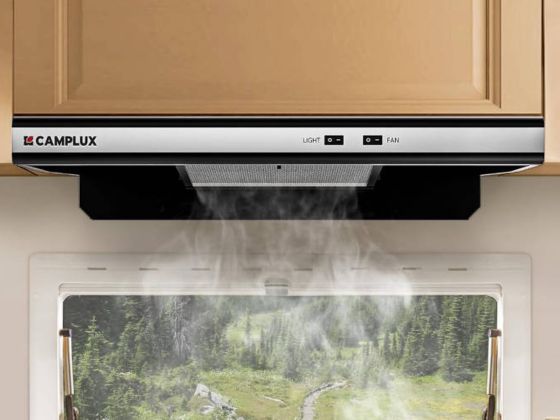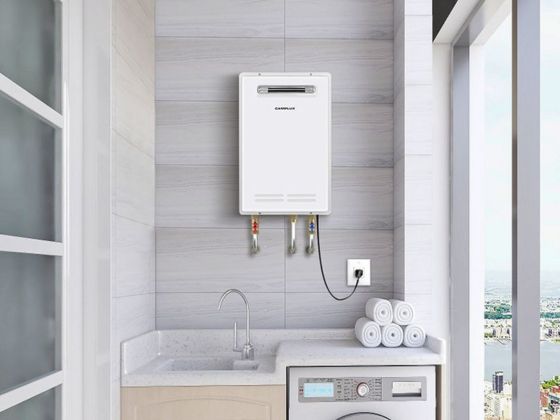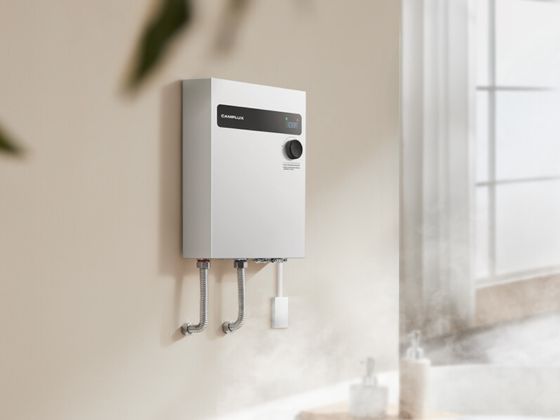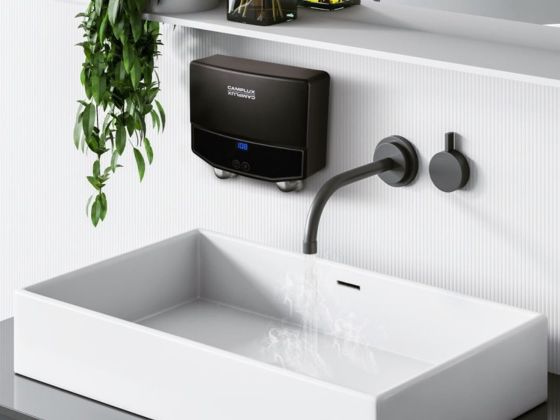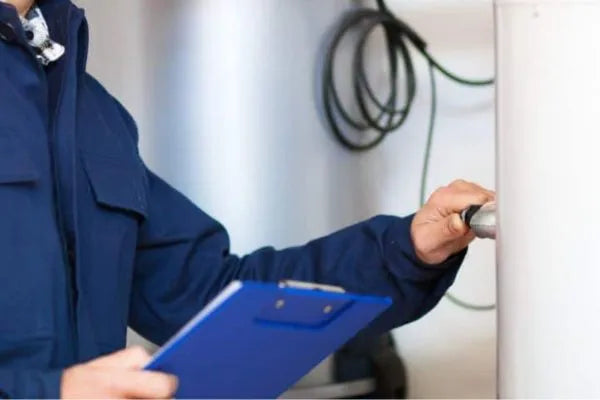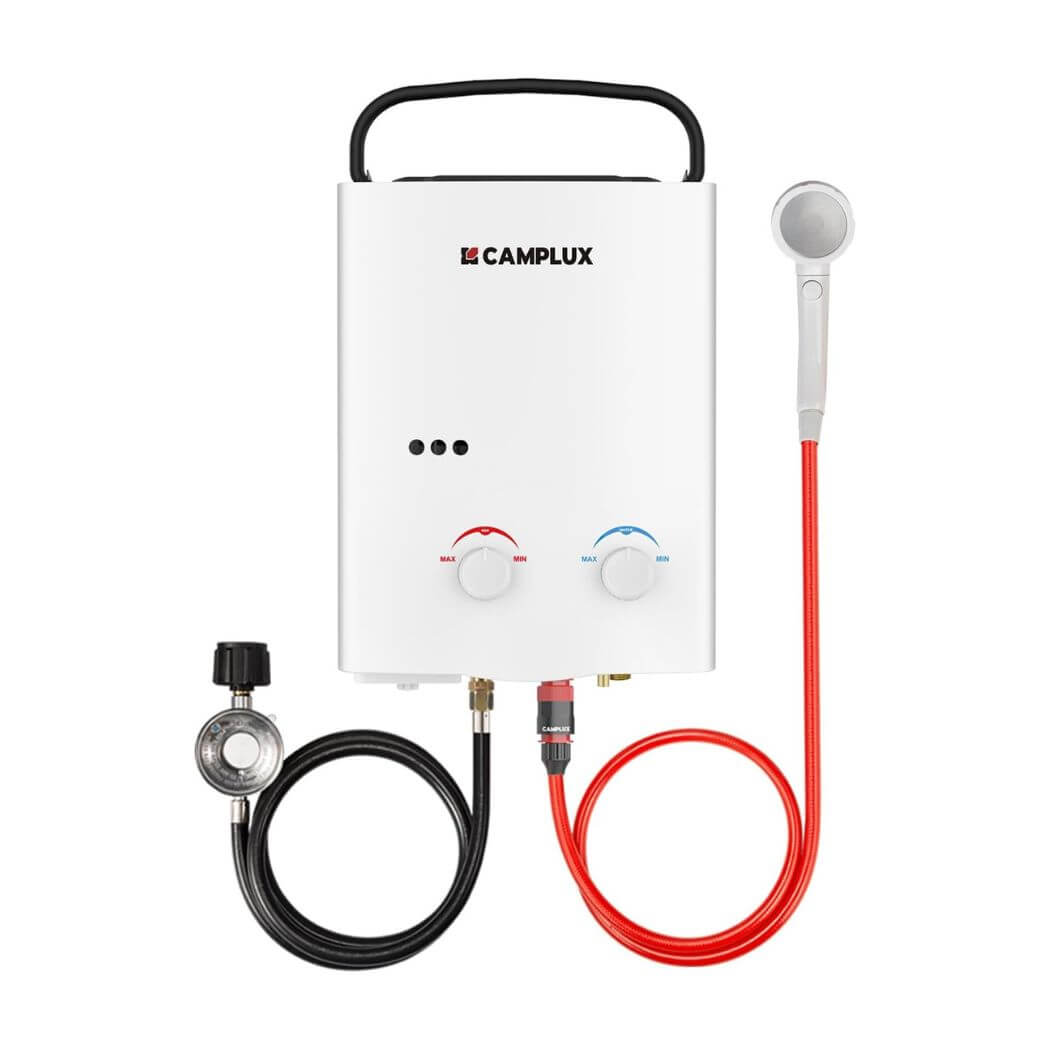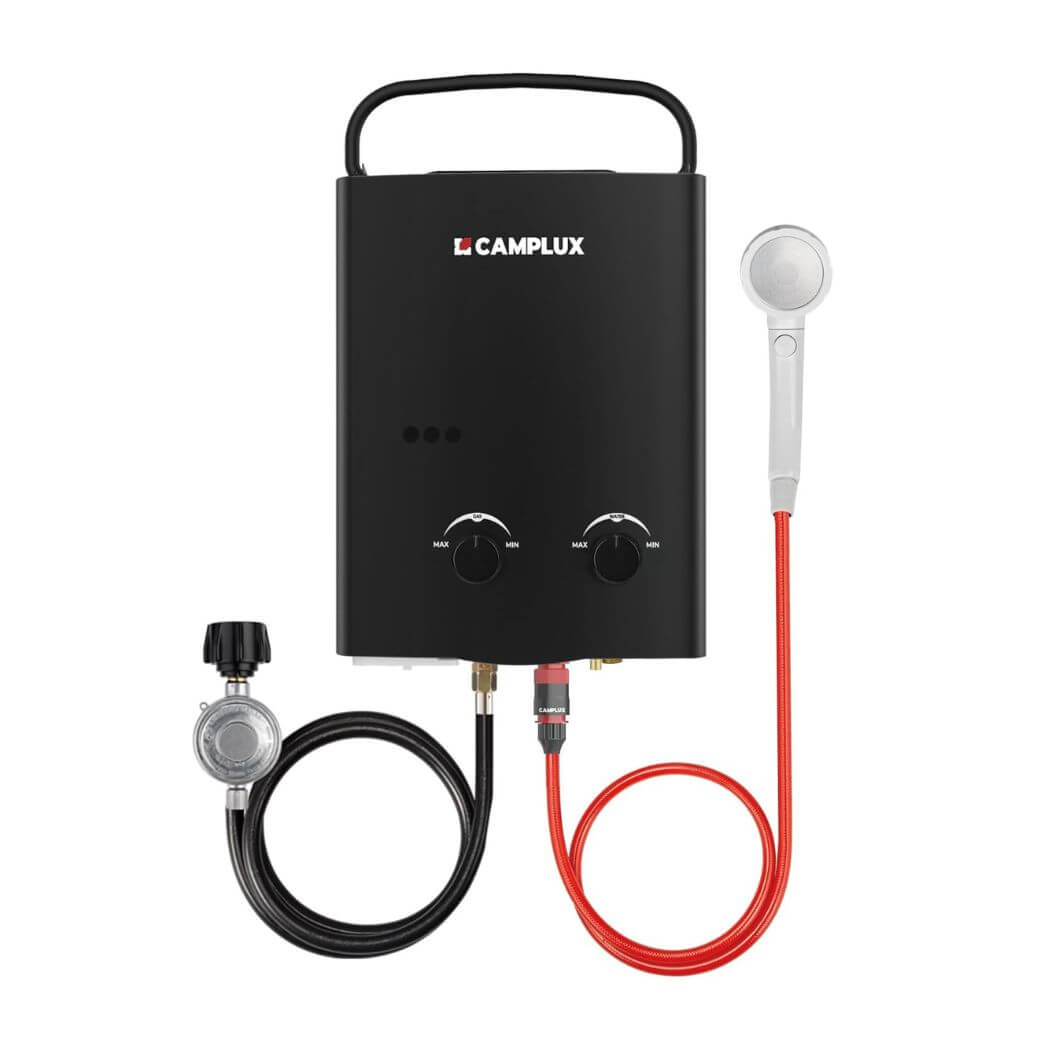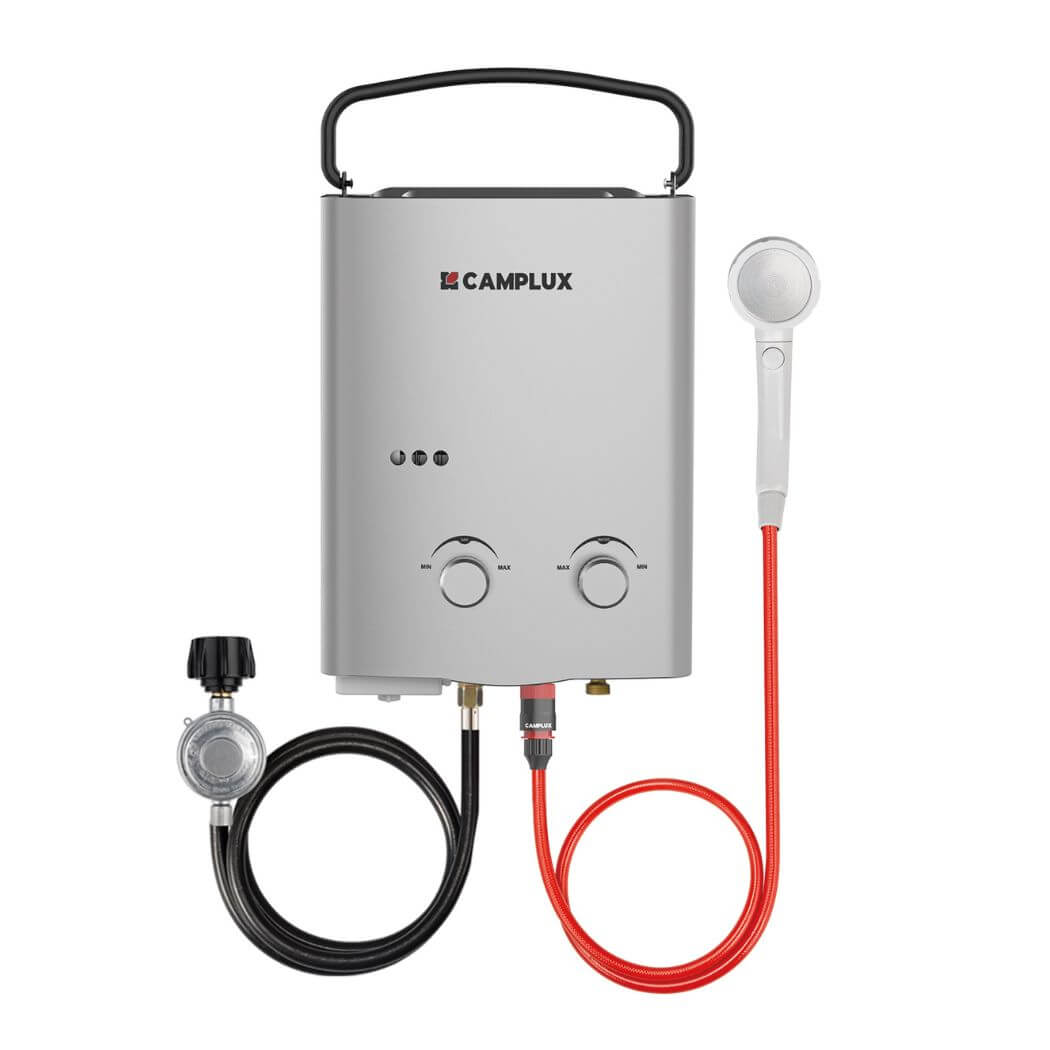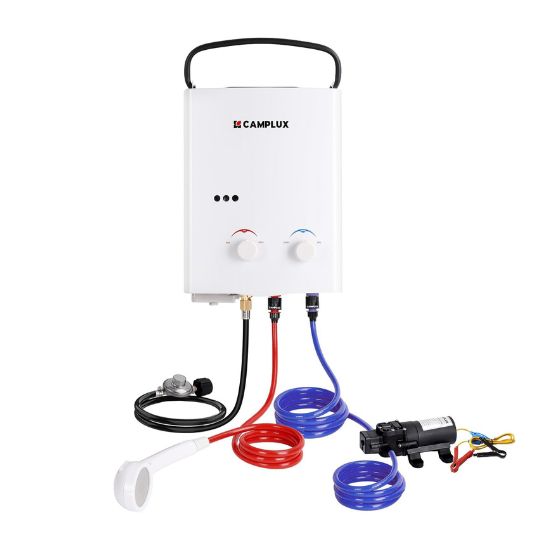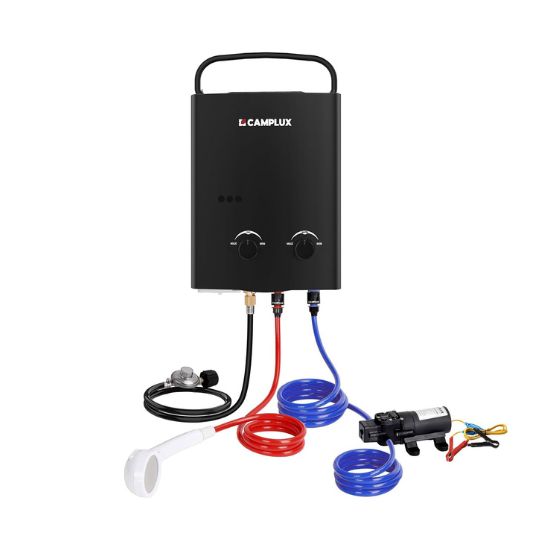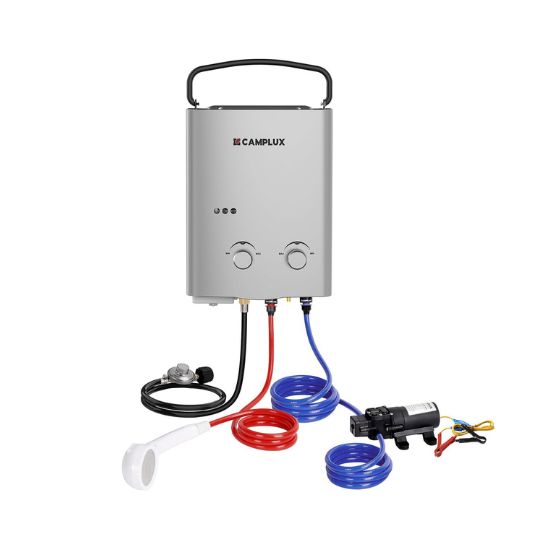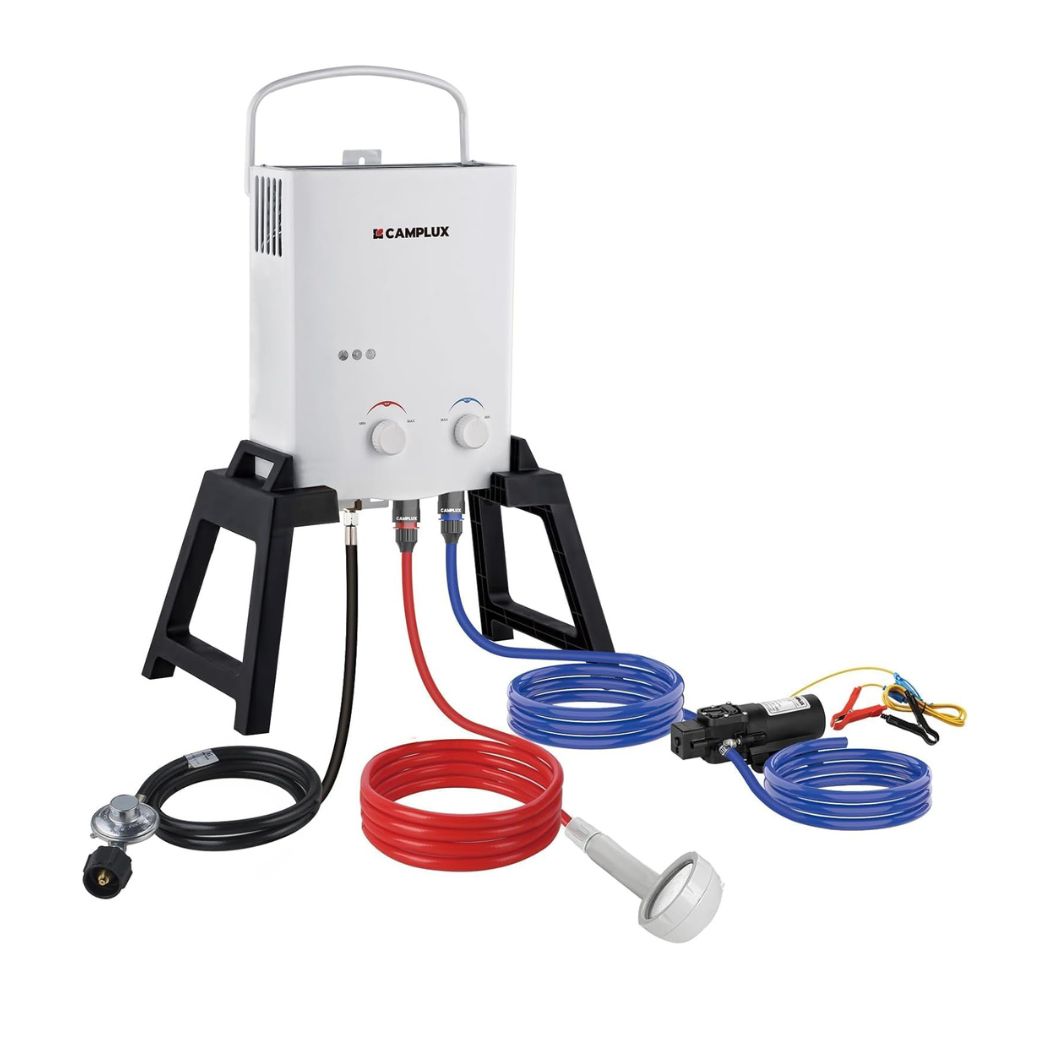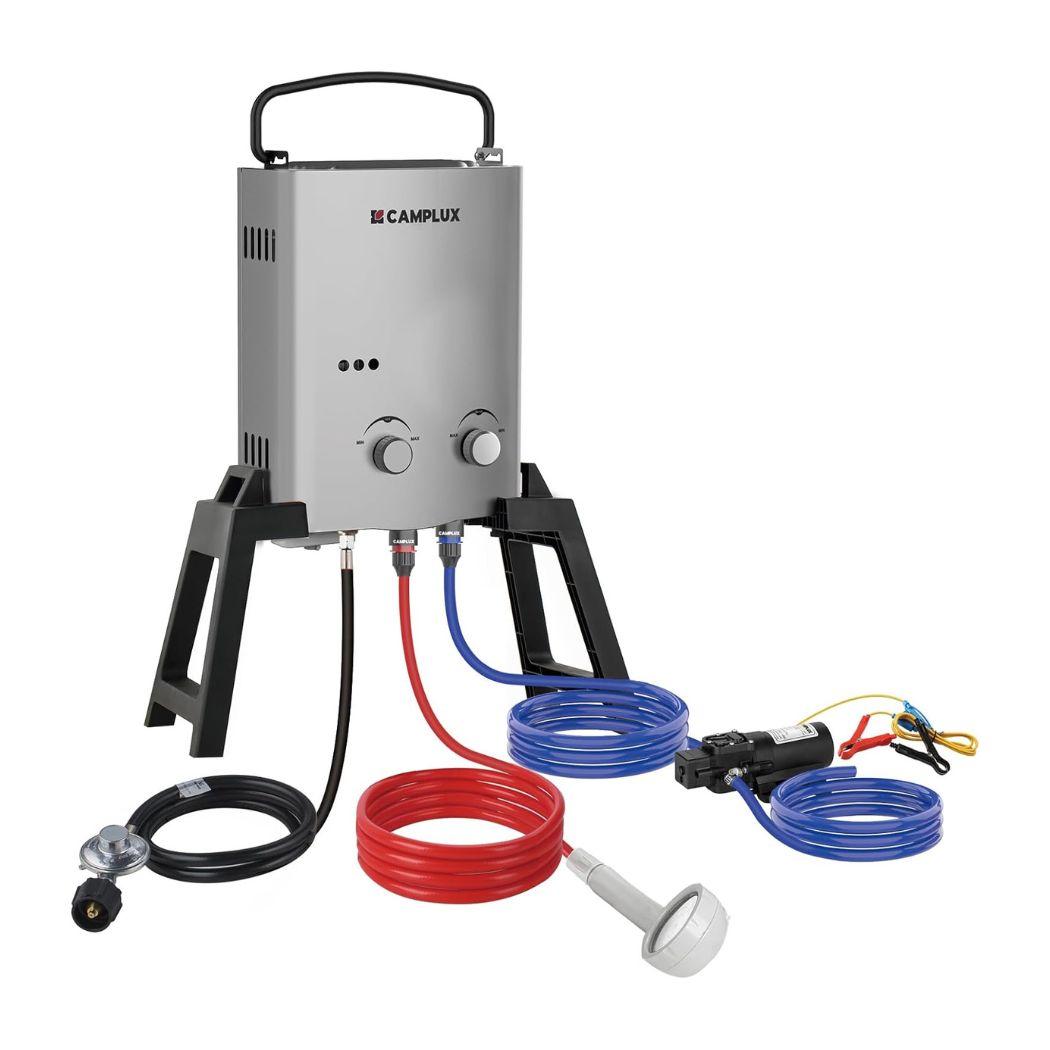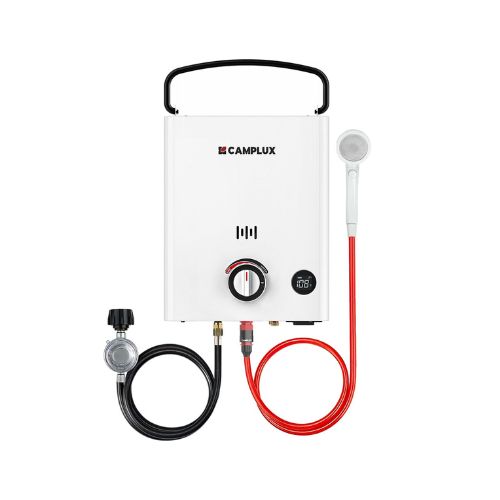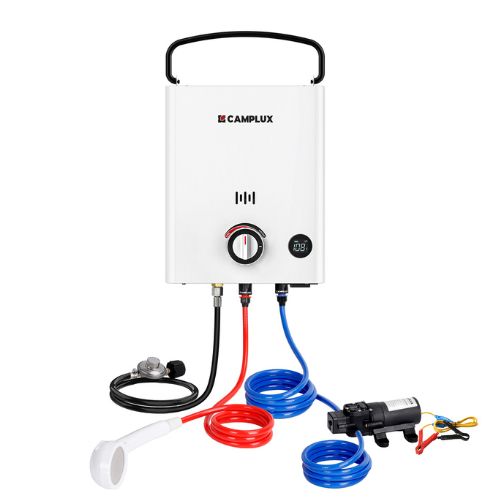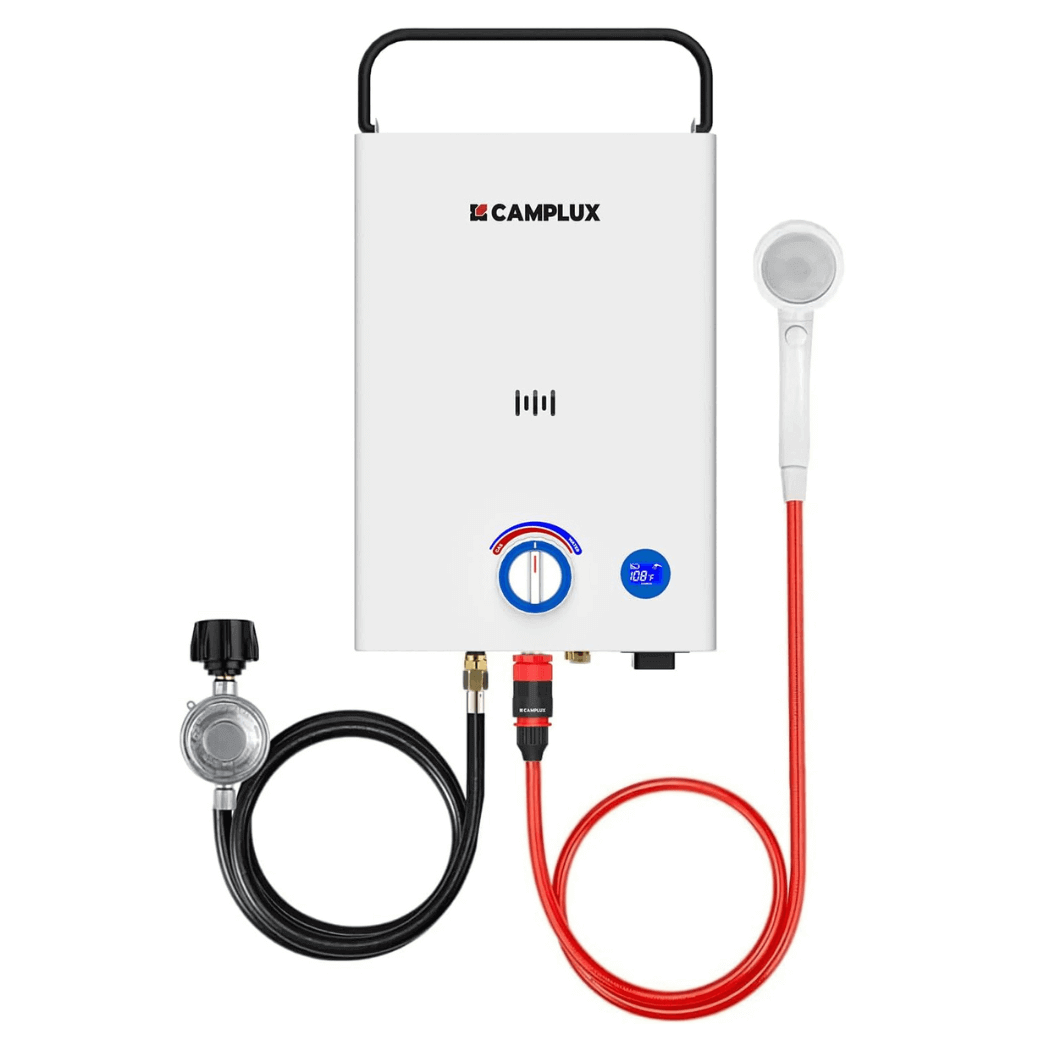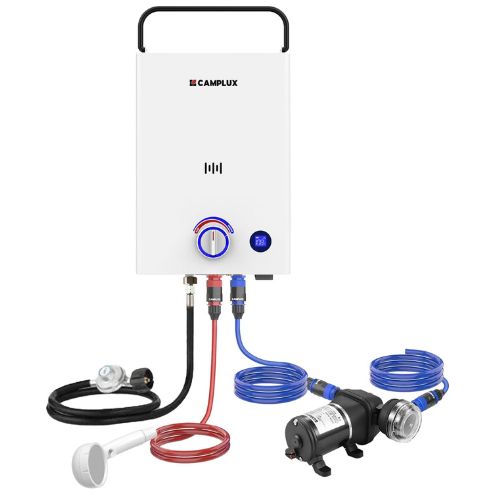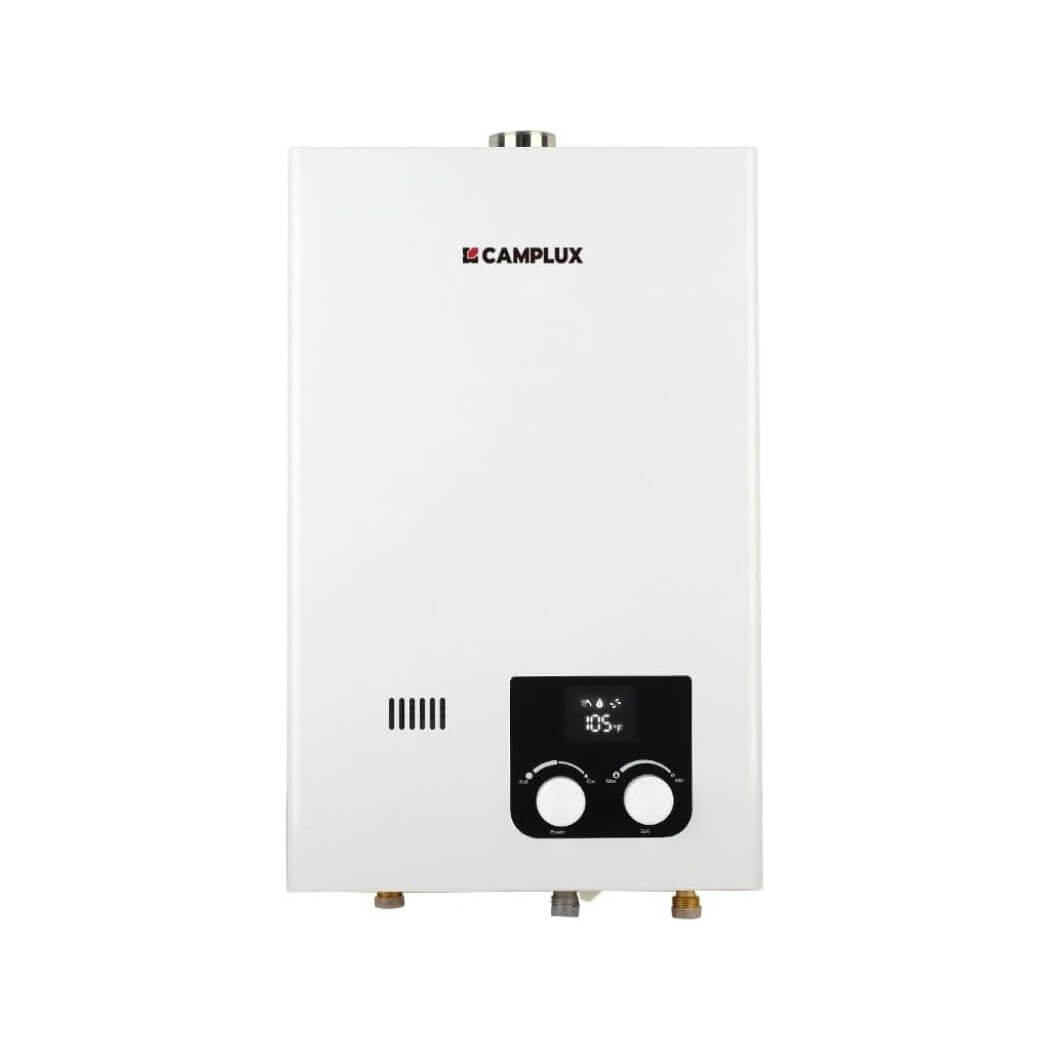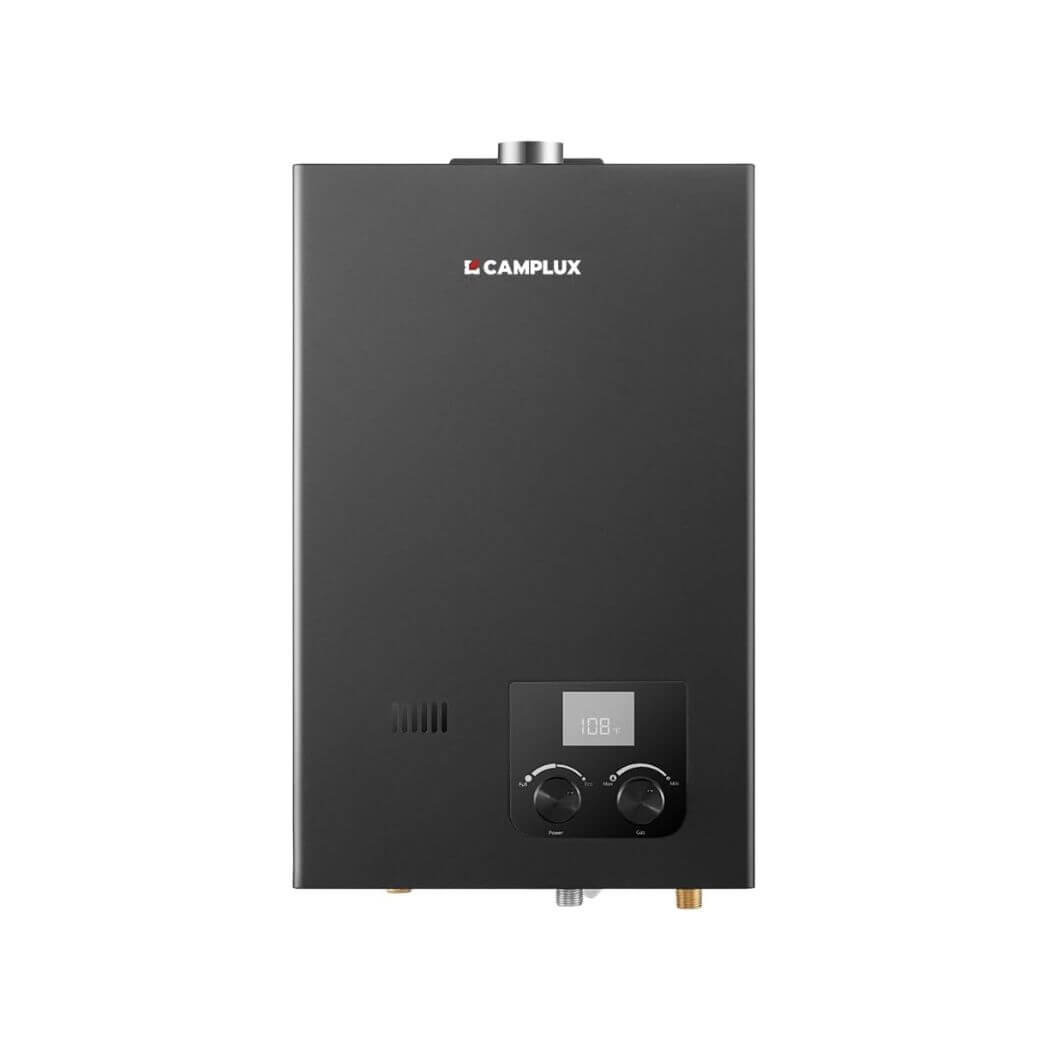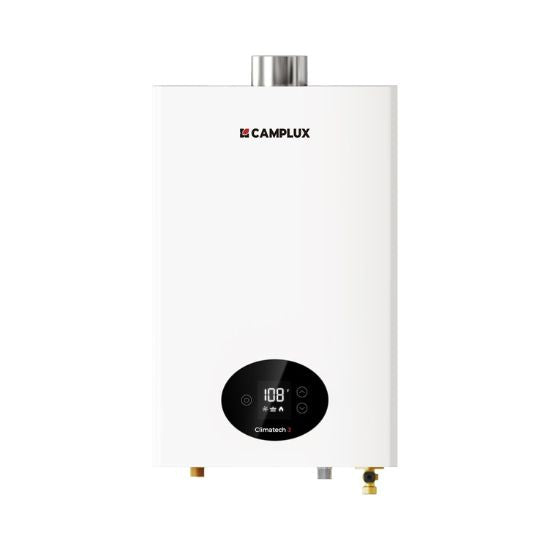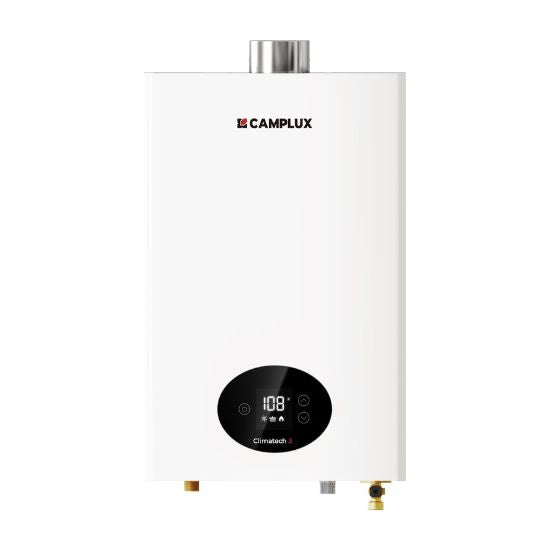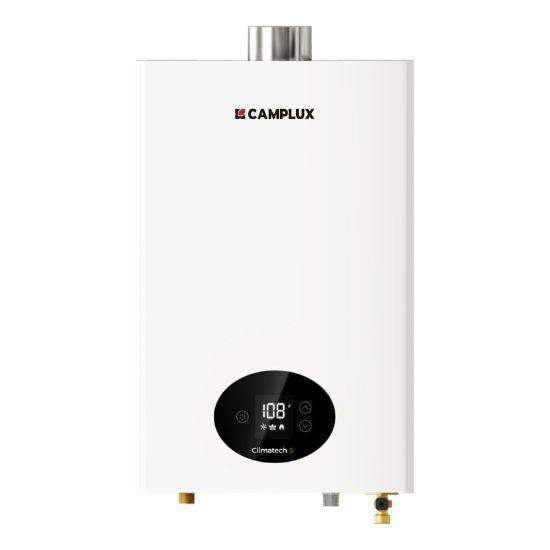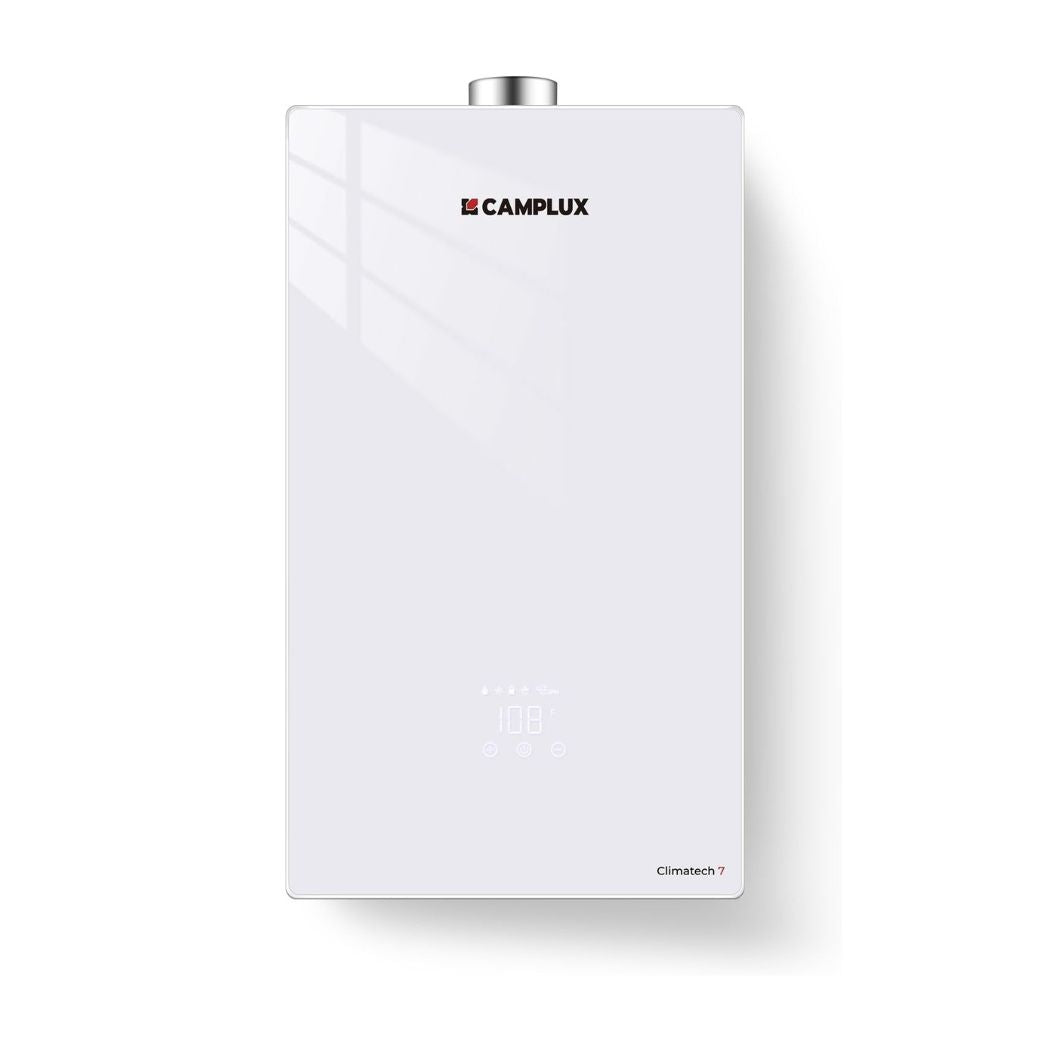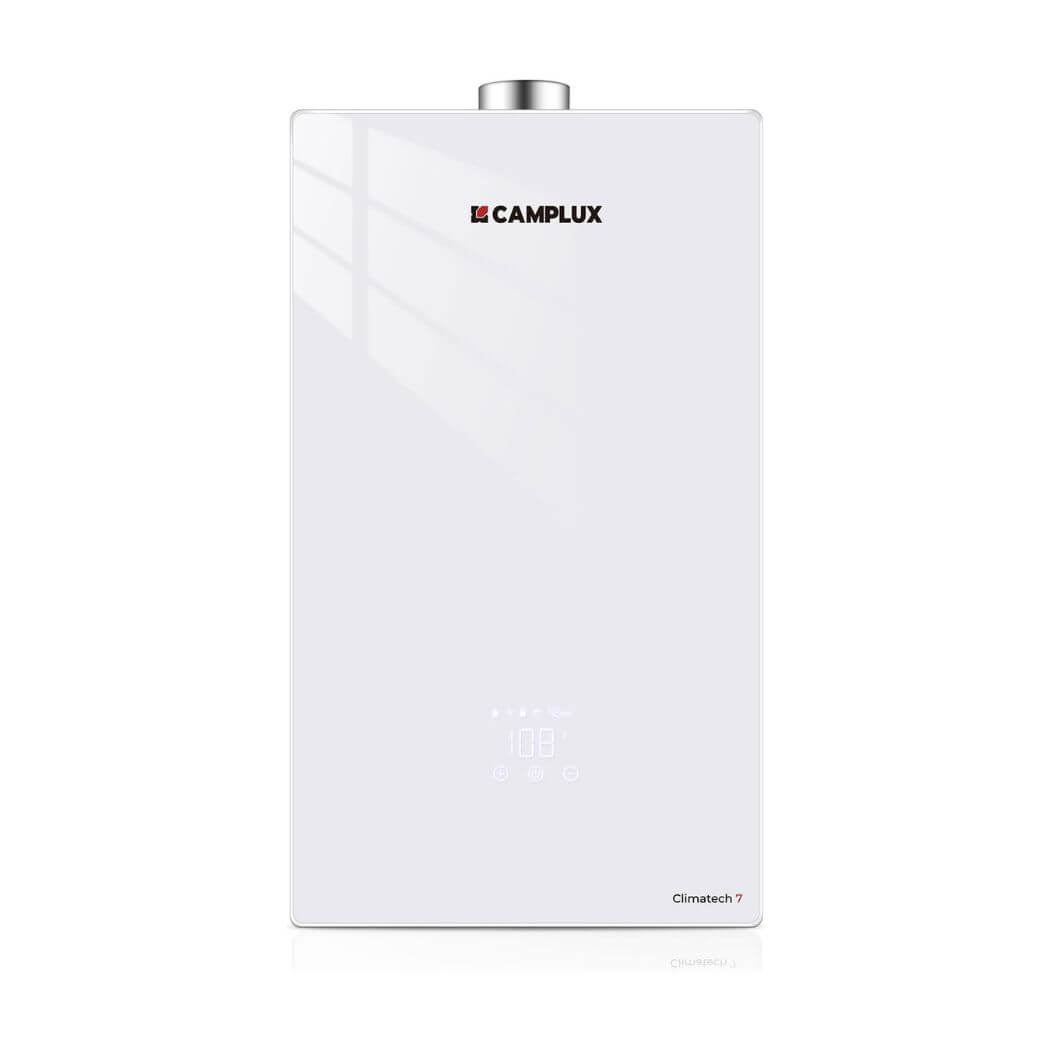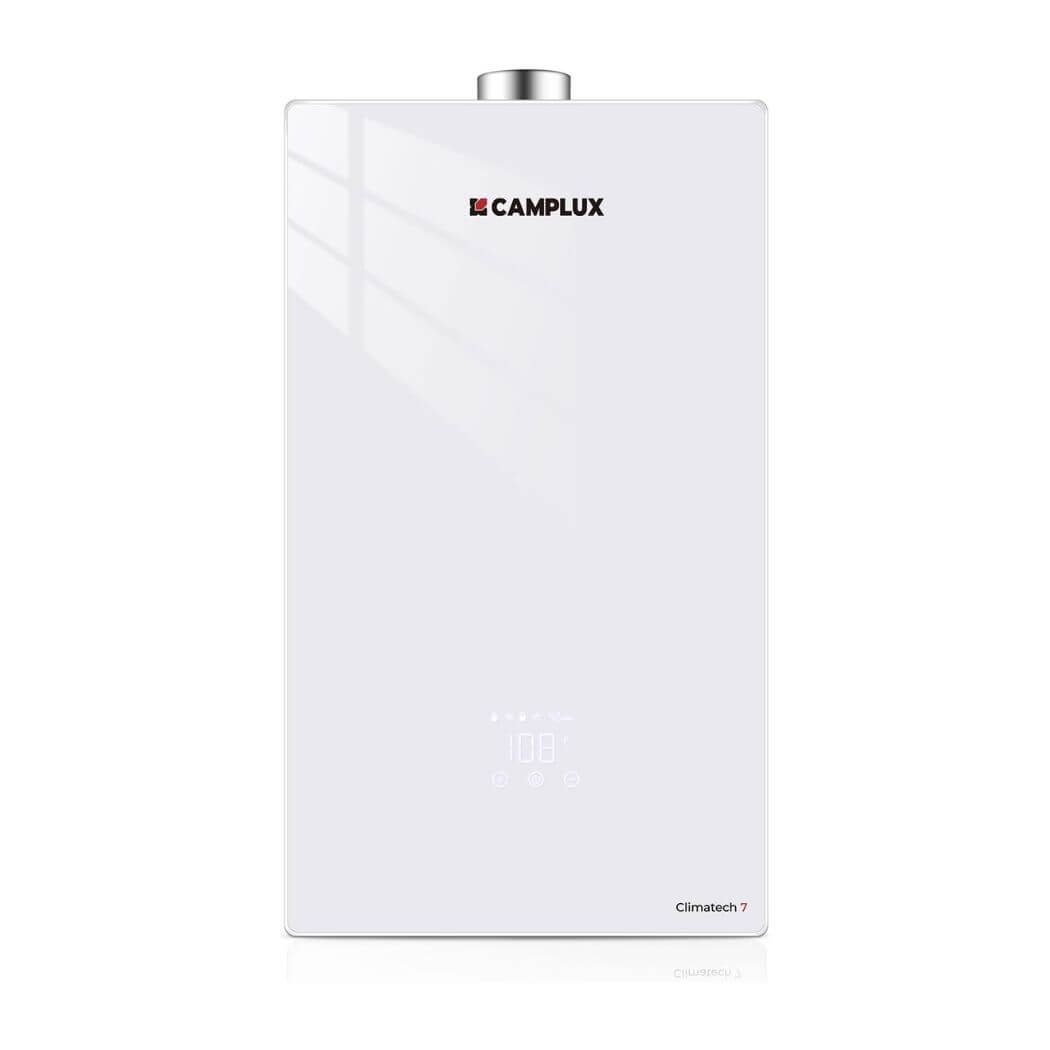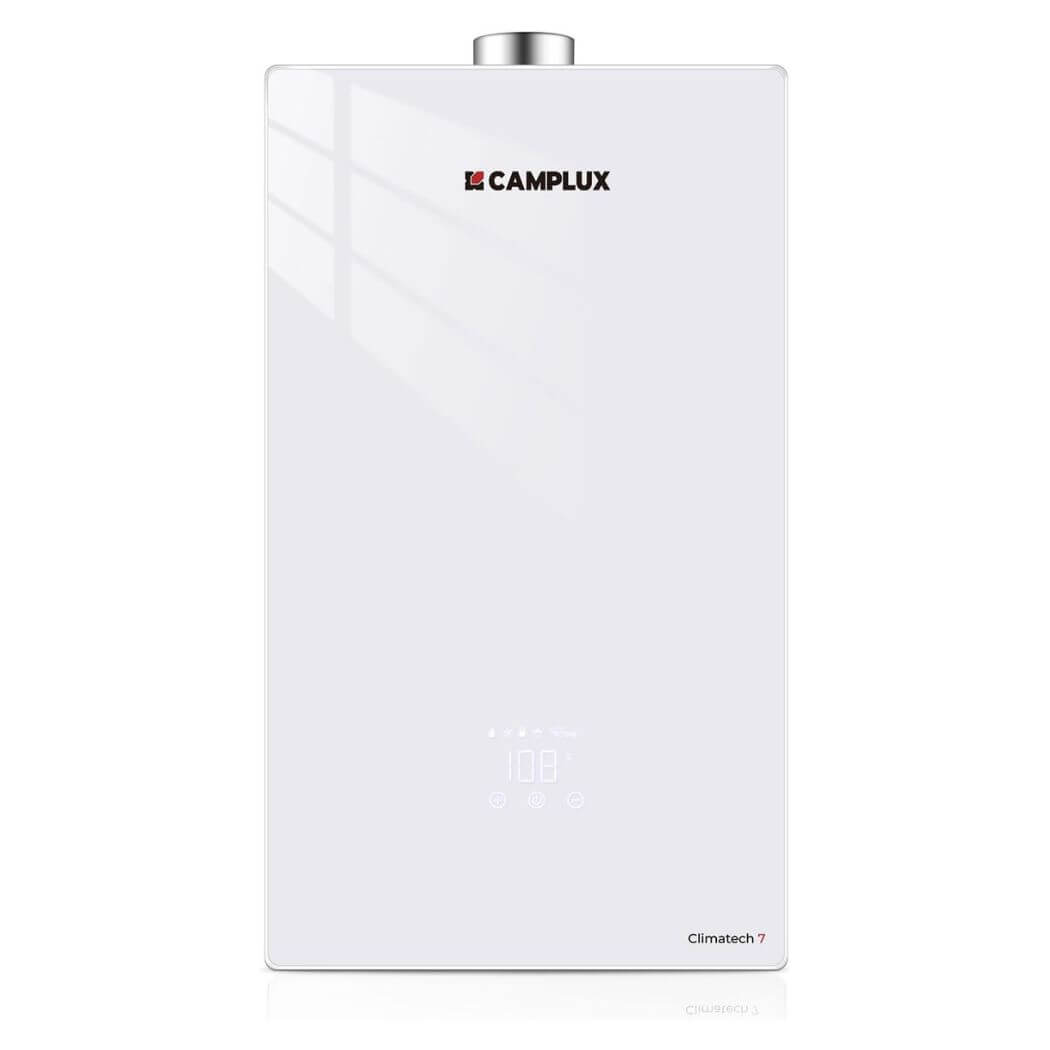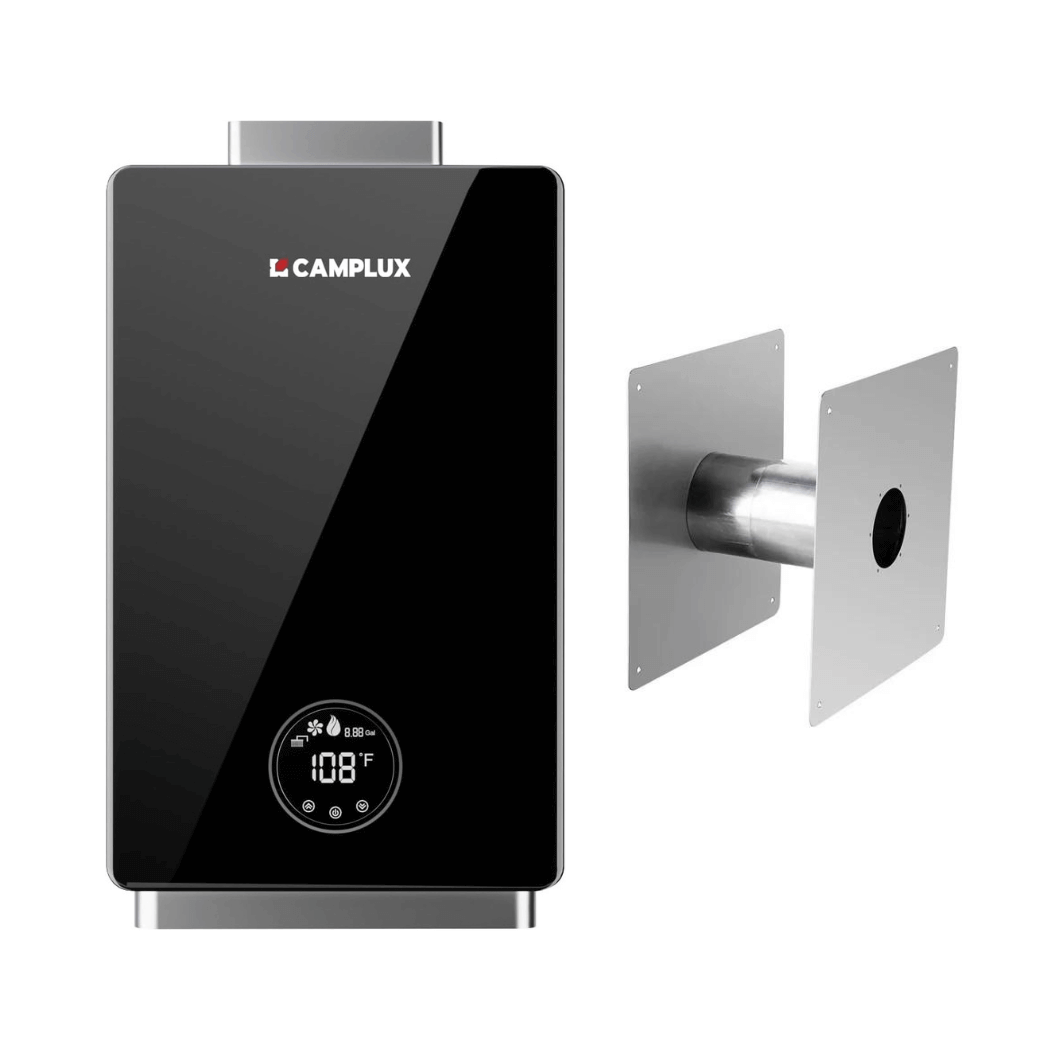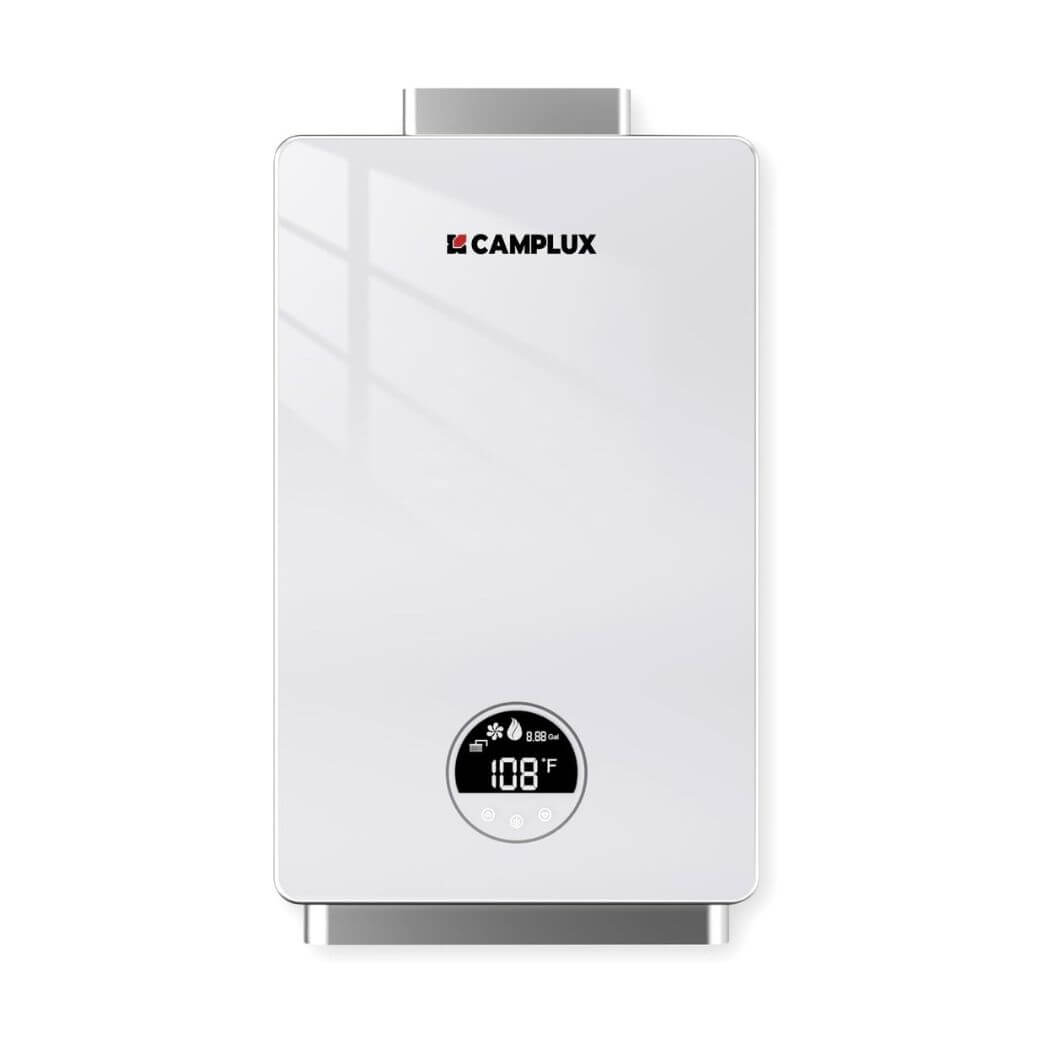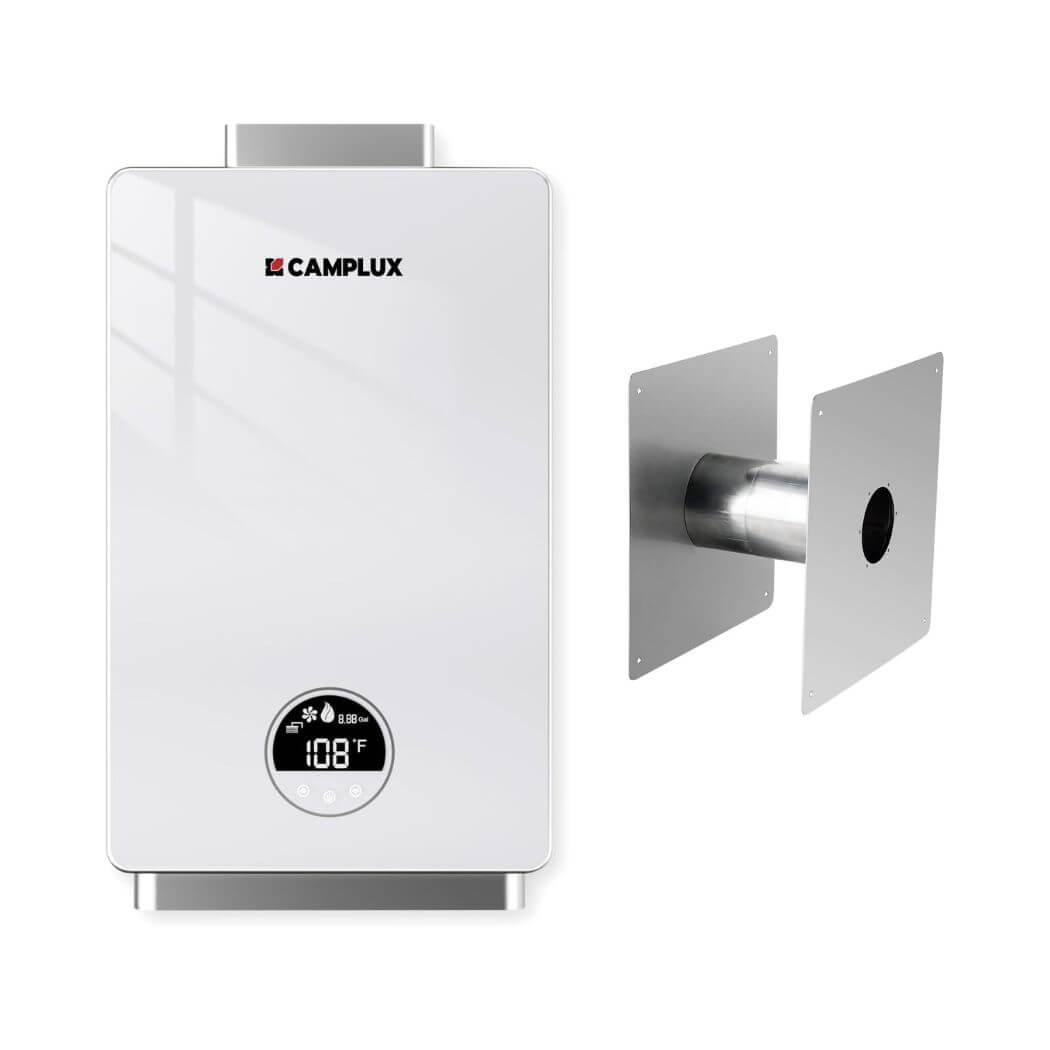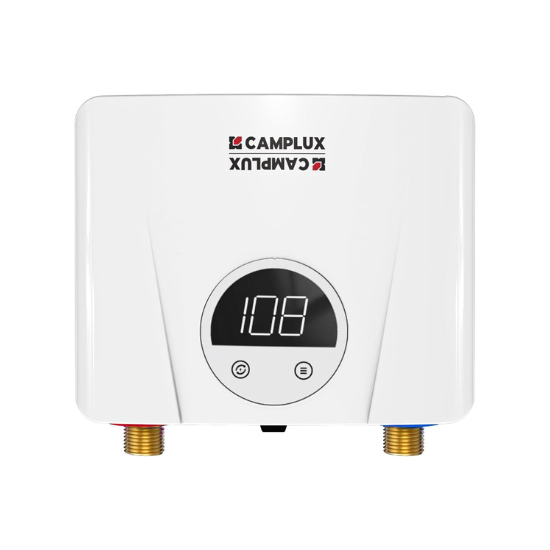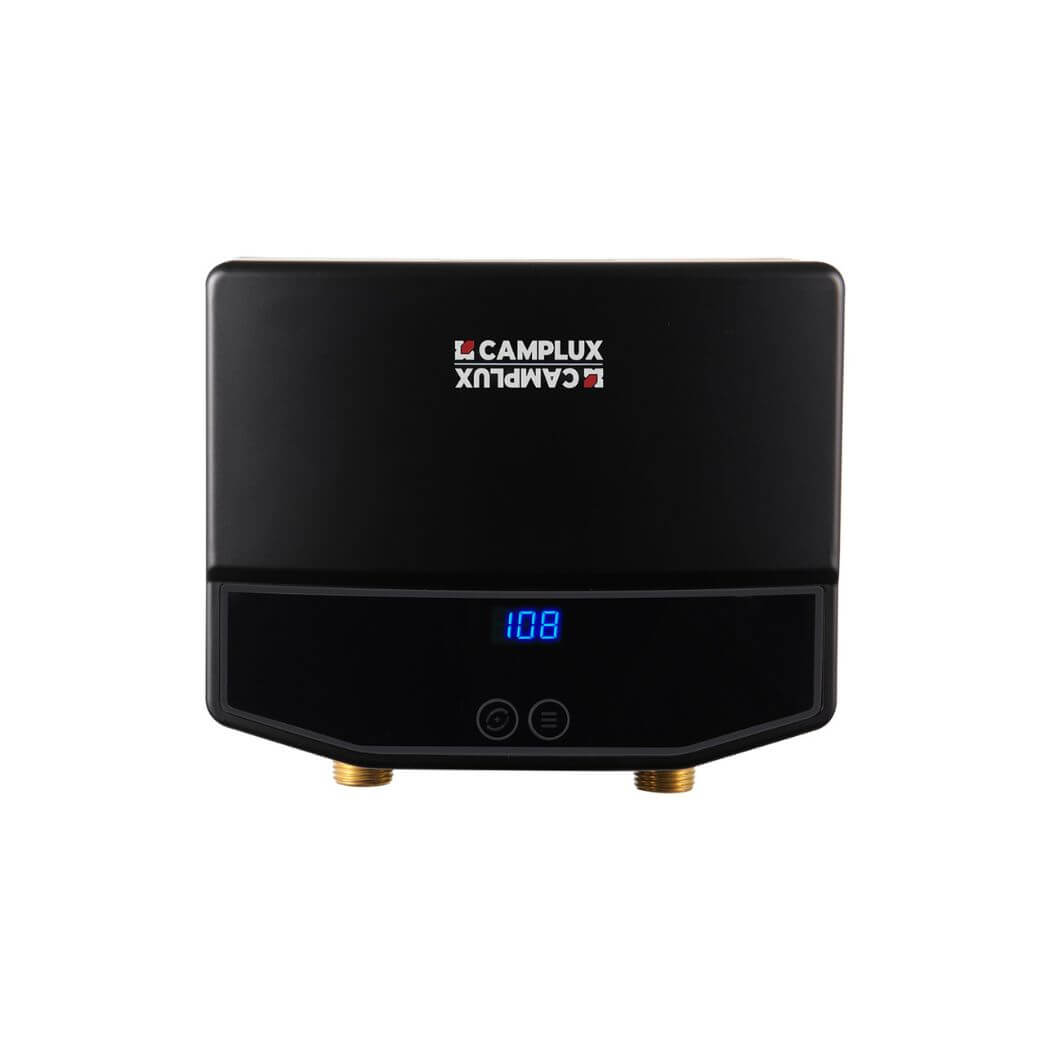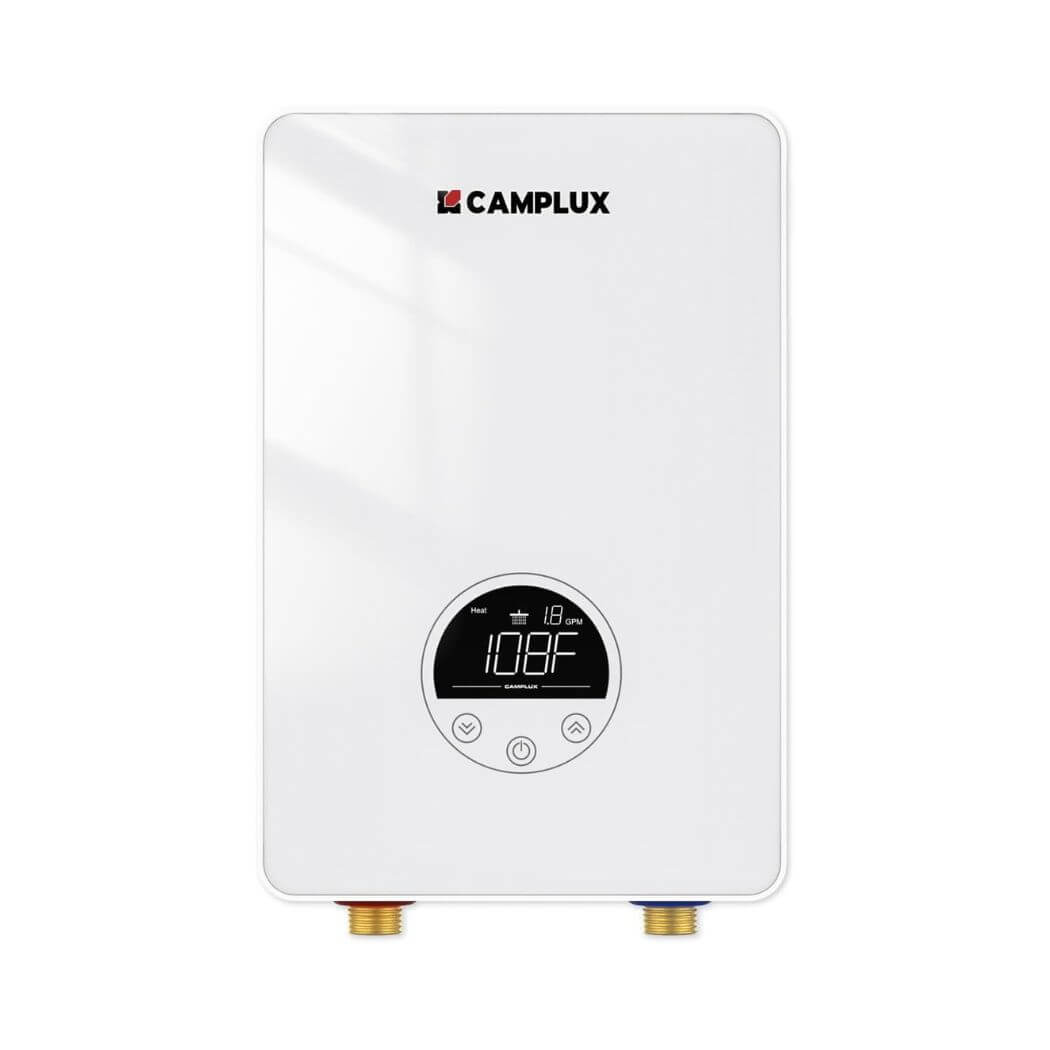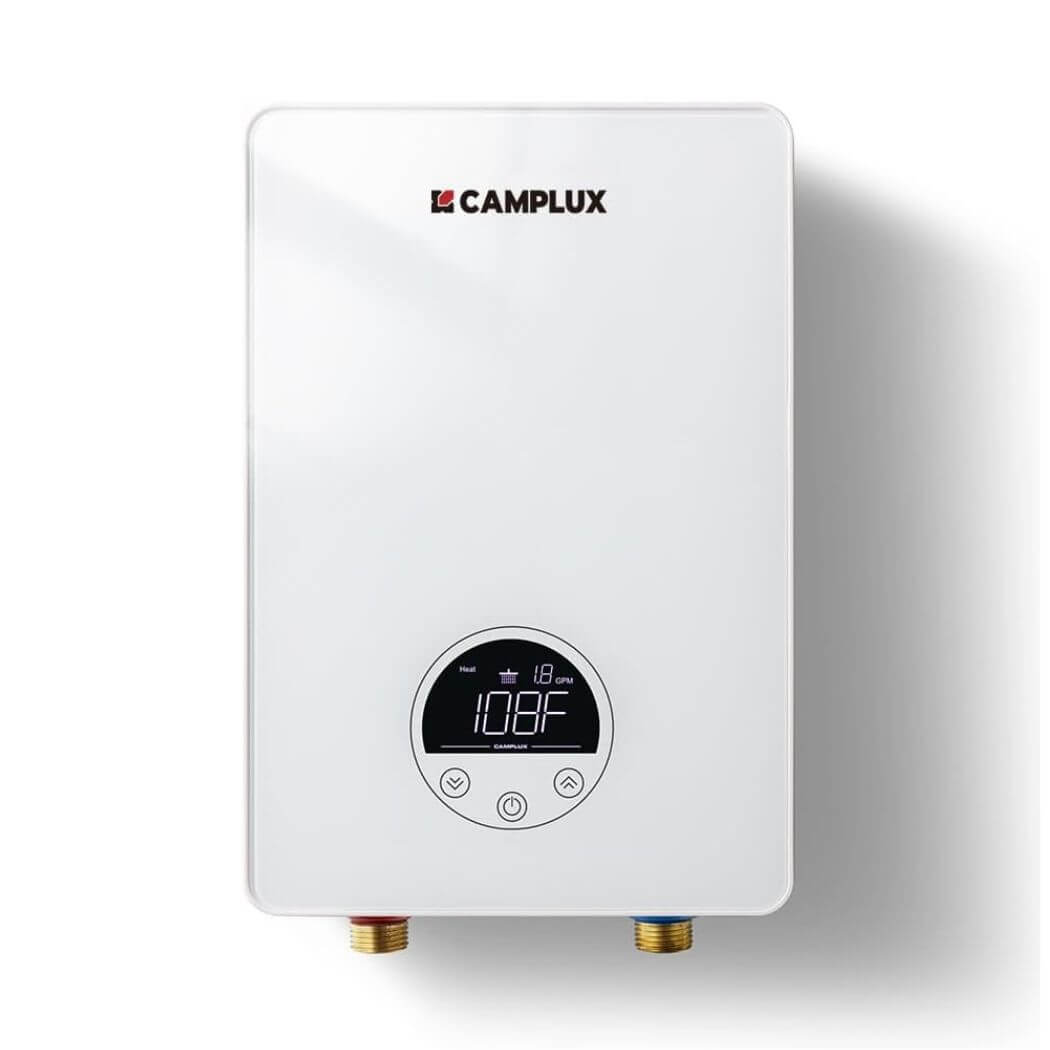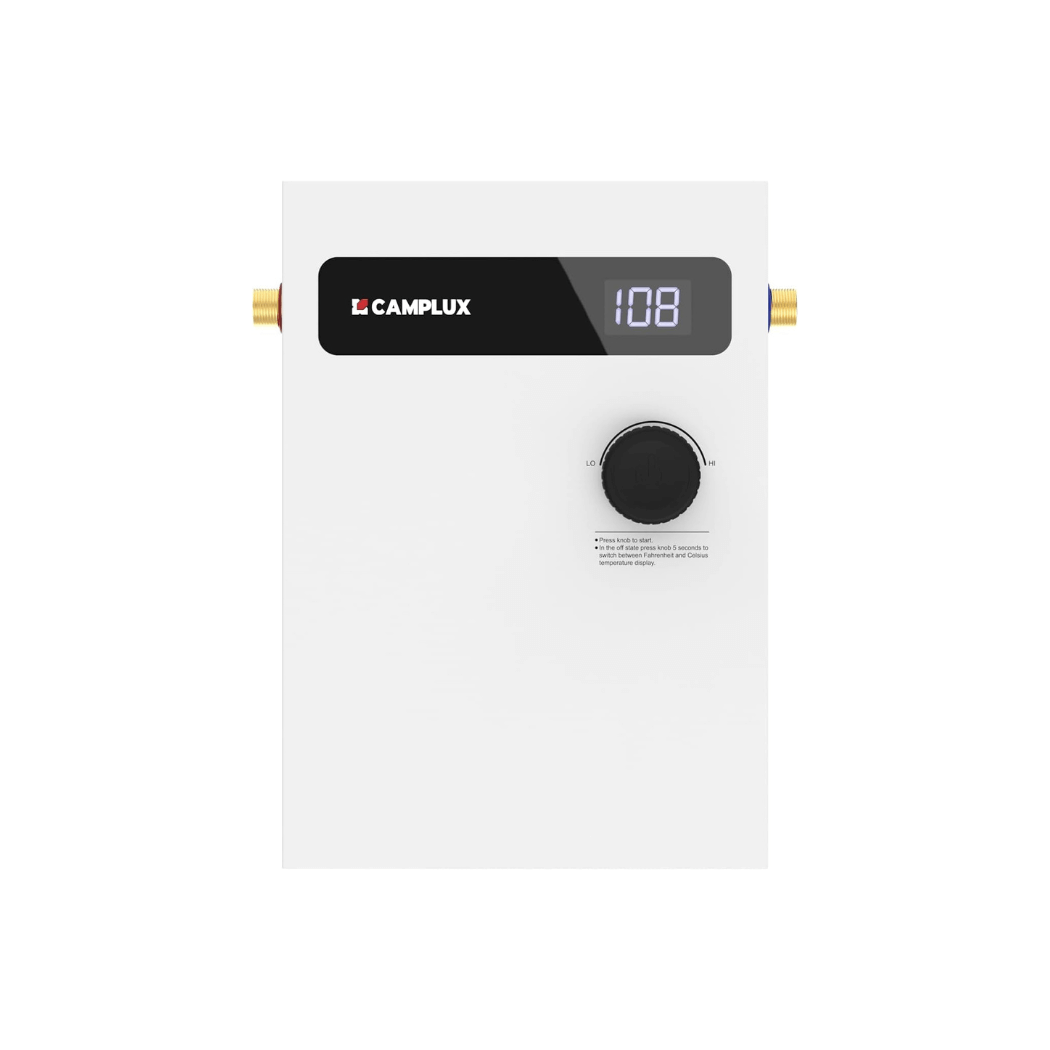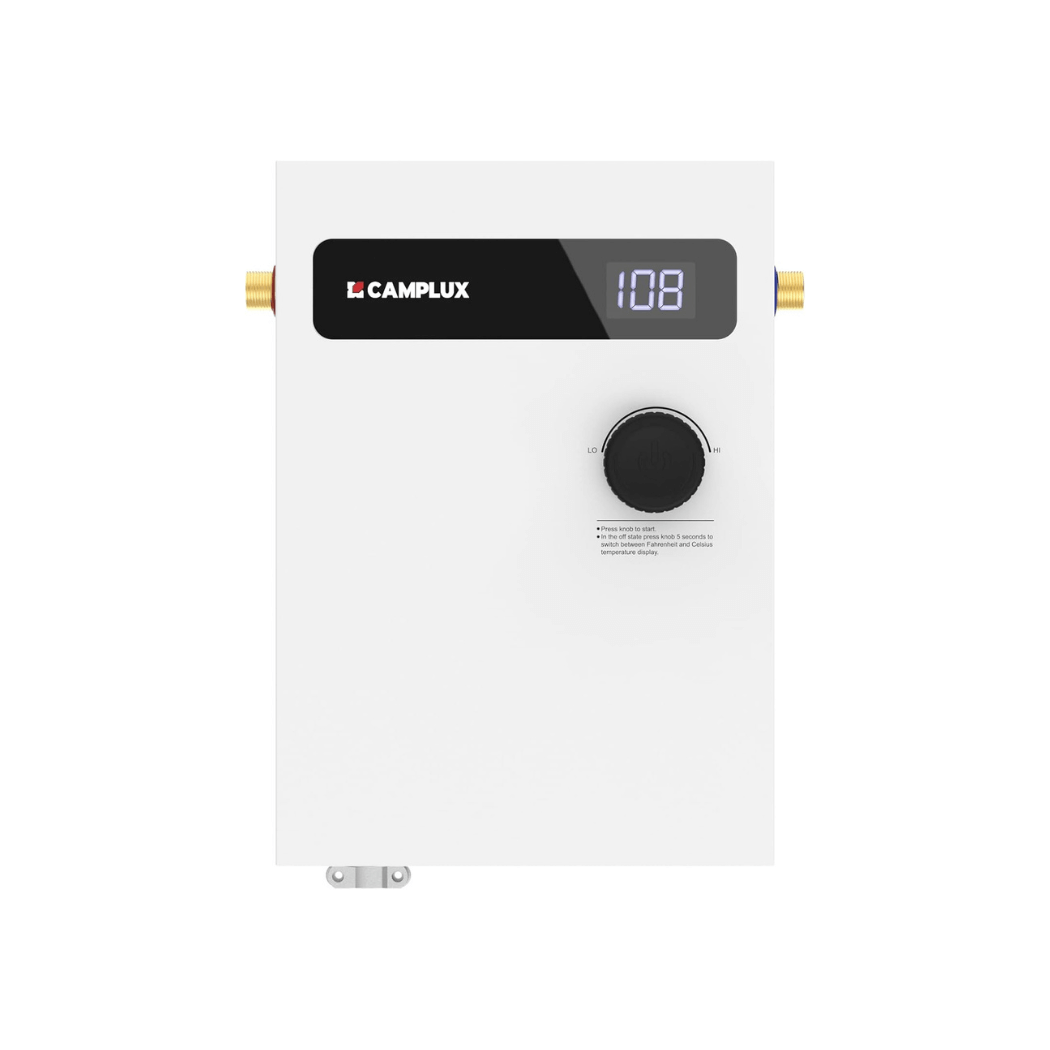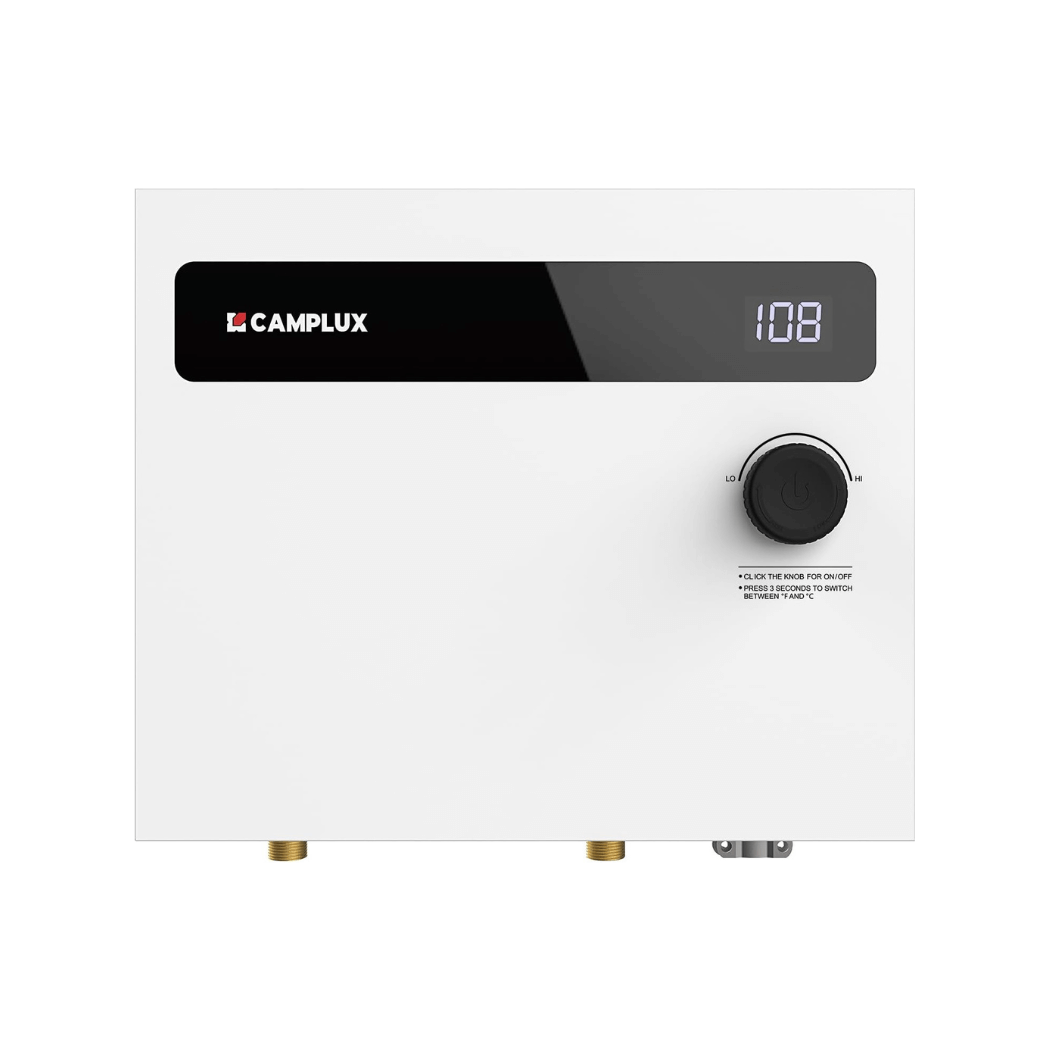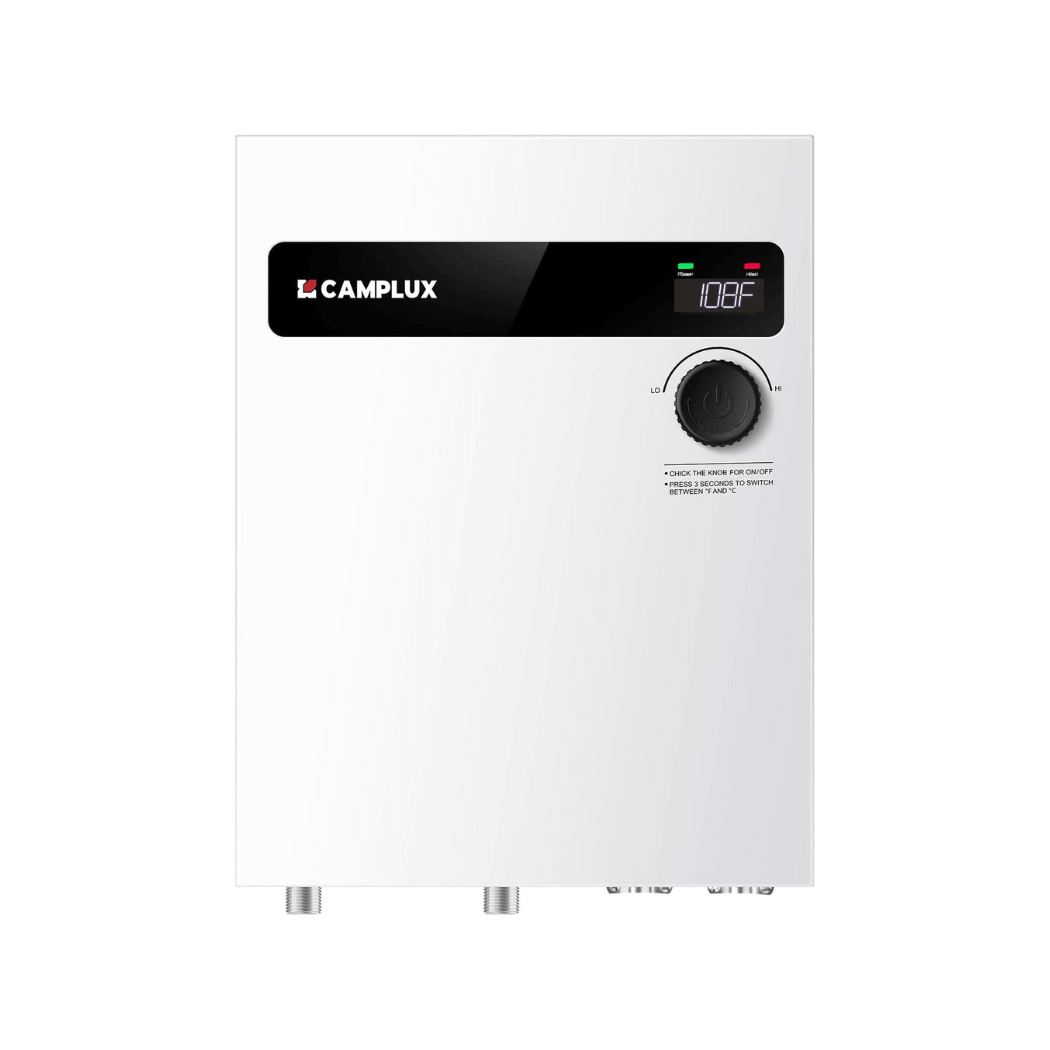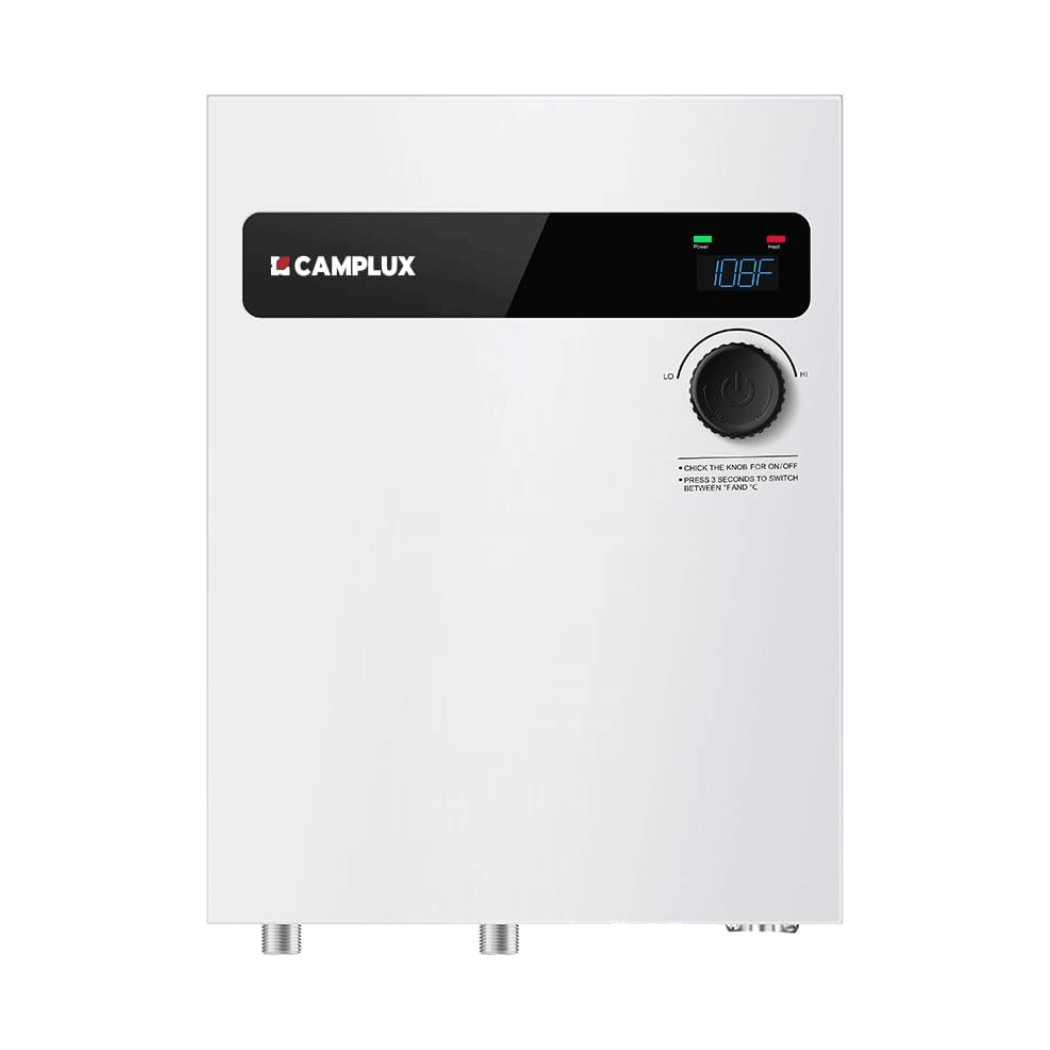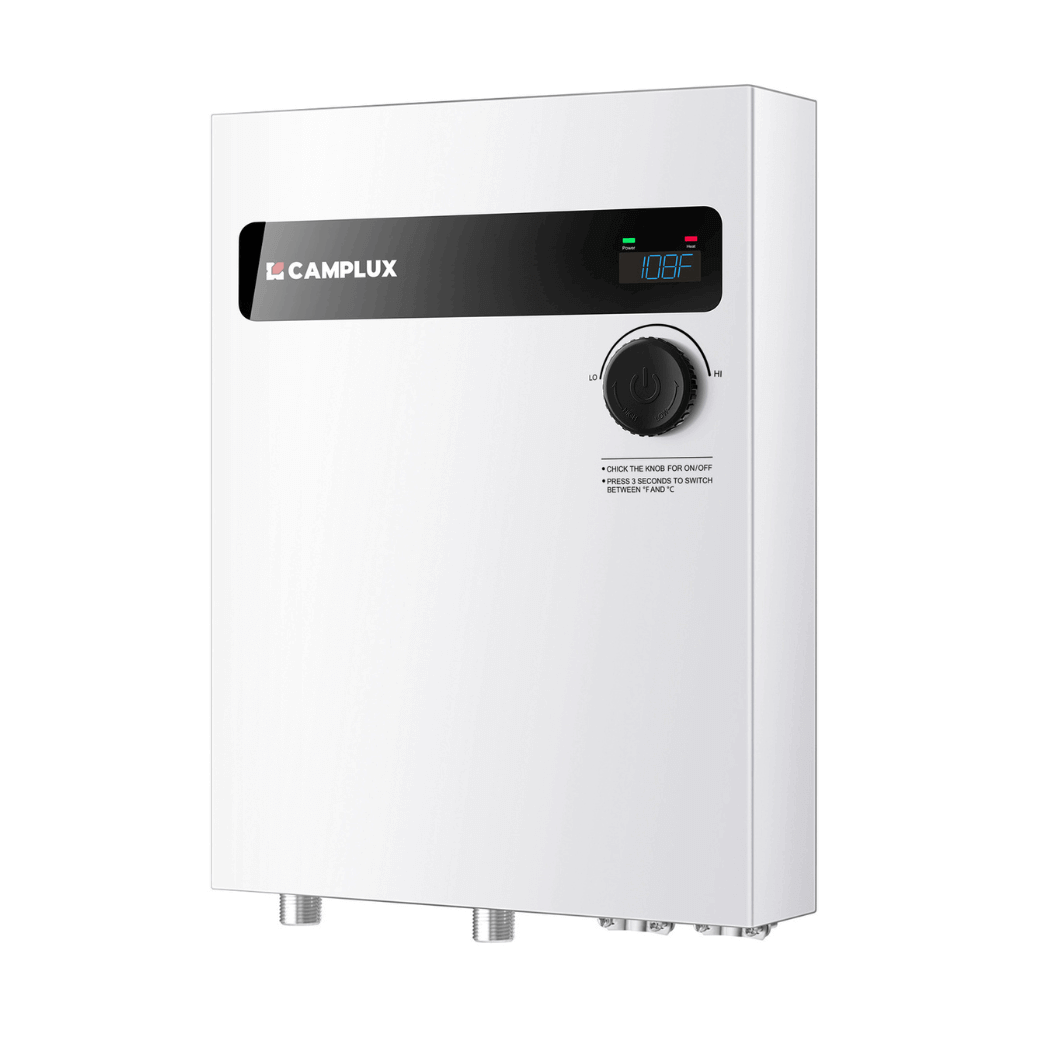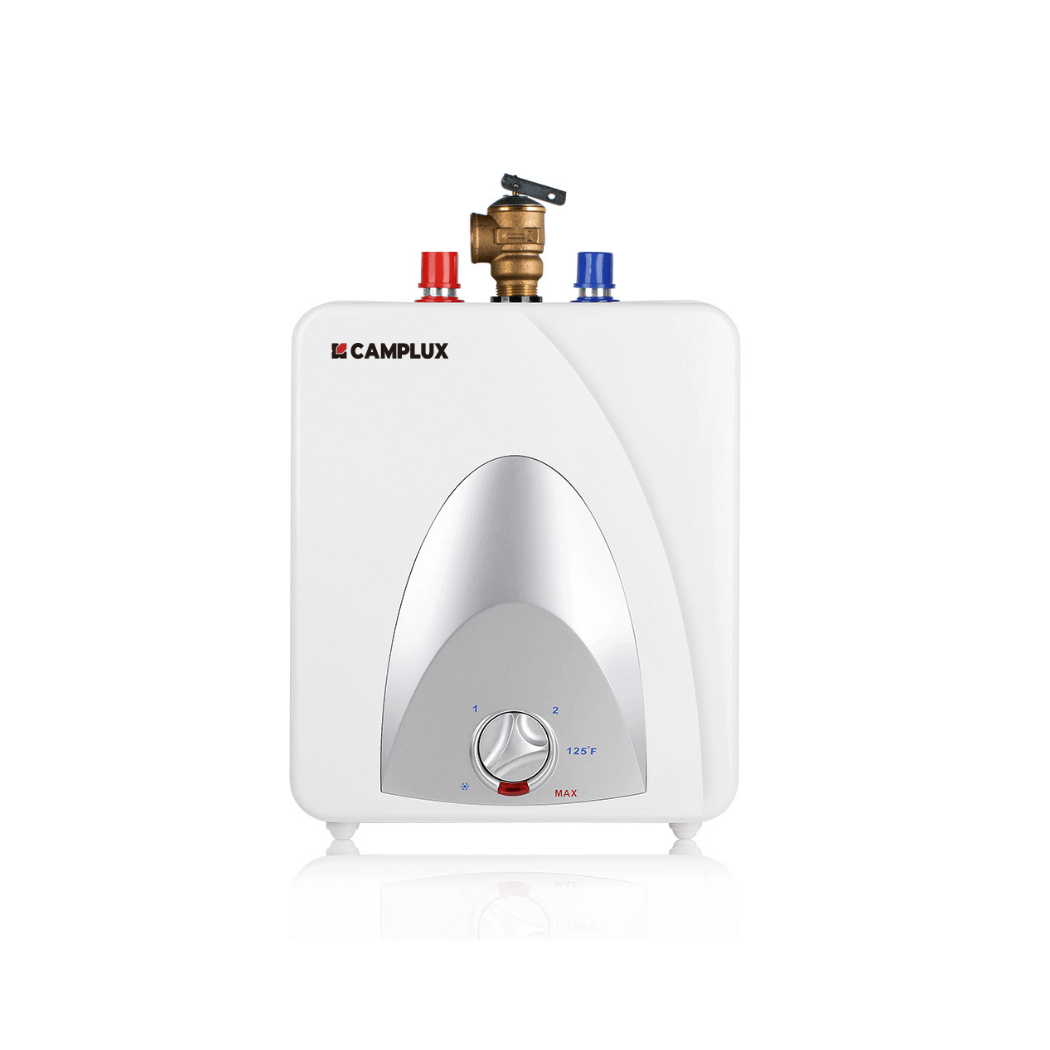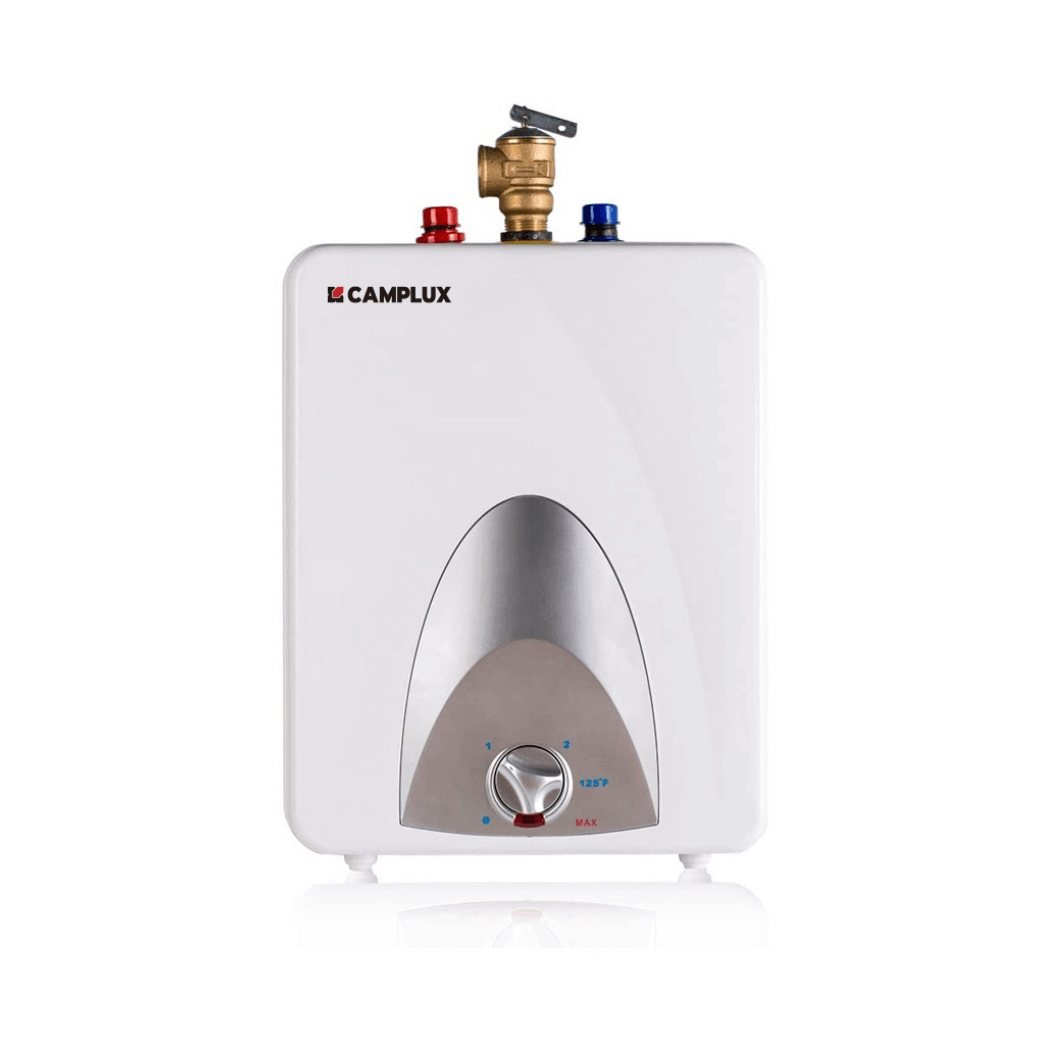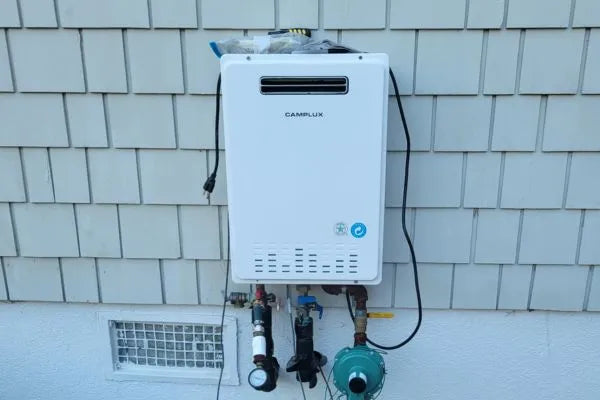Electric tankless water heaters are a convenient and energy-efficient option for providing hot water in your home. Unlike traditional tank water heaters, electric tankless water heaters heat the water as it flows through the unit, eliminating the need for a large storage tank. While these systems require minimal maintenance, there are a few key steps you can take to keep your electric tankless water heater running smoothly. Here are some important maintenance tips to ensure optimal performance and longevity of your electric tankless water heater.
Key Takeaways
- Regularly clean and descale your electric tankless water heater to remove mineral buildup.
- Check and replace filters to maintain proper water flow.
- Inspect electrical connections for any signs of damage or wear.
- Flush the system periodically to remove any debris or sediment.
- Troubleshoot common issues such as no hot water, low water pressure, water temperature fluctuations, and strange noises.
Understanding Electric Tankless Water Heaters
How Electric Tankless Water Heaters Work
Electric tankless water heaters work by heating water directly as it flows through the unit. When a hot water tap is turned on, cold water enters the heater and passes over a heating element, which quickly heats the water to the desired temperature. The heated water then flows out of the unit and into the plumbing system, providing instant hot water on demand.
Advantages of Electric Tankless Water Heaters
Electric tankless water heaters offer several benefits compared to traditional tank water heaters. One of the main advantages is energy efficiency. Unlike tank water heaters that constantly heat and store water, electric tankless water heaters only heat water when it is needed. This eliminates the standby heat loss that occurs with tank water heaters, resulting in lower energy consumption and cost savings. Another advantage is the endless hot water supply. With a tankless water heater, you can enjoy hot water for as long as you need it without worrying about running out. Additionally, electric tankless water heaters are space-saving . They are compact and can be installed in small spaces, making them ideal for apartments, condos, and other limited space areas.

Factors to Consider Before Installing an Electric Tankless Water Heater
Before installing an electric tankless water heater, there are several factors to consider. These factors will help ensure that you choose the right unit for your needs and that it will work efficiently in your home. Here are some important points to keep in mind:
Maintenance Tips for Electric Tankless Water Heaters
Regular Cleaning and Descaling
Regular cleaning and descaling is essential to maintain the efficiency and performance of your electric tankless water heater. Over time, mineral deposits can build up inside the heating elements, reducing their effectiveness and potentially causing damage. To prevent this, it is recommended to follow these steps:
- Turn off the power to the water heater and disconnect it from the electrical supply.
- Remove the cover of the water heater to access the heating elements.
- Use a soft brush or cloth to gently clean the heating elements, removing any accumulated scale or debris.
- If there is heavy scaling, a descaling solution specifically designed for tankless water heaters can be used. Follow the manufacturer's instructions for the proper dilution and application.
- After cleaning or descaling, rinse the heating elements thoroughly with clean water.
Regular cleaning and descaling not only helps to maintain the efficiency of your electric tankless water heater but also extends its lifespan. It is recommended to perform this maintenance task at least once a year or as needed.

Checking and Replacing Filters
Regularly checking and replacing filters is an important maintenance task for electric tankless water heaters. Filters help to prevent debris and sediment from entering the system, which can cause clogs and reduce the heater's efficiency. It is recommended to check the filters at least once a month and replace them if they are dirty or clogged. To check the filters, turn off the power to the heater and locate the filter housing. Remove the housing and inspect the filters for any signs of dirt or debris. If the filters are dirty, rinse them with water or replace them with new ones.
Inspecting Electrical Connections
When performing maintenance on your electric tankless water heater, it is important to inspect the electrical connections. Loose or damaged electrical connections can lead to poor performance or even electrical hazards. Here are some steps to follow when inspecting the electrical connections:
-
Turn off the power: Before inspecting the electrical connections, make sure to turn off the power to the water heater. This will ensure your safety during the inspection.
-
Visually inspect the connections: Carefully examine the electrical connections for any signs of damage, such as frayed wires or loose connections. If you notice any issues, it is important to address them promptly.
-
Tighten loose connections: If you find any loose connections, use a screwdriver or wrench to tighten them. This will help ensure a secure and reliable electrical connection.
-
Replace damaged components: If you discover any damaged components, such as wires or connectors, it is important to replace them with new ones. This will help maintain the integrity of the electrical system.
Remember, proper maintenance of the electrical connections is crucial for the efficient and safe operation of your electric tankless water heater.
Flushing the System
Flushing the system of your electric tankless water heater is an important maintenance task that should be done regularly. This process helps remove any mineral deposits or sediment that may have accumulated in the system over time. Flushing the system not only improves the performance and efficiency of your water heater but also extends its lifespan. Here are the steps to follow for flushing your electric tankless water heater:
Troubleshooting Common Issues

No Hot Water
If you're experiencing a lack of hot water from your electric tankless water heater, there are a few possible causes to consider:
-
Insufficient Power Supply : Ensure that your water heater is receiving enough power. Check the circuit breaker and make sure it hasn't tripped. If it has, reset it and monitor the heater to see if the issue persists.
-
Faulty Heating Element : The heating element in your water heater may be malfunctioning. If you suspect this is the case, it's best to contact a professional technician to inspect and replace the faulty element.
-
Water Flow Issues : Low water flow can also result in a lack of hot water. Check for any obstructions in the water lines or filters and clean or replace them if necessary.
-
Temperature Setting : Verify that the temperature setting on your water heater is appropriately adjusted. If it's set too low, you may not get hot water. Adjust the temperature as needed, following the manufacturer's instructions.
Remember, if you're unsure about any troubleshooting steps, it's always recommended to consult a qualified professional.
Low Water Pressure
Low water pressure is a common issue that can affect the performance of your electric tankless water heater. There are several possible causes for low water pressure, including clogged filters, a faulty pressure regulator, or a problem with the water supply. To troubleshoot this issue, start by checking and replacing the filters in your water heater. If the filters are clean and the water pressure is still low, you may need to inspect the pressure regulator or contact a professional plumber for further assistance.
Water Temperature Fluctuations
Water temperature fluctuations in an electric tankless water heater can be caused by several factors. One common cause is a fluctuating water flow rate. When the flow rate changes, the heater may struggle to maintain a consistent temperature. Another possible cause is a malfunctioning temperature sensor, which can result in inaccurate temperature readings. Additionally, mineral buildup in the heating elements can affect the heater's ability to heat water evenly, leading to temperature fluctuations.
To address water temperature fluctuations, it is important to ensure a steady water flow rate by checking for any obstructions in the plumbing system. Regularly cleaning and descaling the heater can help prevent mineral buildup and maintain optimal performance. If temperature fluctuations persist, it is recommended to contact a professional technician for further inspection and troubleshooting.
Here are some tips to minimize water temperature fluctuations:
- Ensure a steady water flow rate by checking for any obstructions in the plumbing system.
- Regularly clean and descale the heater to prevent mineral buildup.
- Contact a professional technician if temperature fluctuations persist.
Strange Noises
If you notice strange noises coming from your electric tankless water heater, it could be a sign of a problem. One possible cause of these noises is a buildup of mineral deposits inside the unit. Over time, minerals in the water can accumulate and create a layer of sediment in the heater. This sediment can cause the heating elements to make popping or crackling sounds as they heat up. To address this issue, you can try flushing the system to remove the sediment and prevent further buildup. Refer to the manufacturer's instructions for guidance on how to properly flush your specific model of water heater.
Safety Precautions for Electric Tankless Water Heaters
Proper Ventilation
Proper ventilation is crucial for the safe and efficient operation of your electric tankless water heater. Without adequate ventilation, harmful gases such as carbon monoxide can build up, posing a serious health risk. It is important to ensure that the area where the water heater is installed has proper airflow to prevent the accumulation of these gases. Additionally, proper ventilation helps to dissipate heat and prevent overheating of the unit. Make sure that the venting system is clear of any obstructions and regularly inspect it for any signs of damage or blockage.
Avoiding Overheating
To prevent overheating in your electric tankless water heater, there are a few important steps you can take:
-
Monitor the temperature settings: Make sure the temperature setting on your water heater is not set too high. This can cause the unit to overheat and potentially lead to damage.
-
Check the flow rate: Ensure that the flow rate of water through the heater is within the recommended range. If the flow rate is too low, the heater may overheat.
-
Inspect the ventilation: Proper ventilation is crucial for preventing overheating. Ensure that the area around the water heater is clear of obstructions and that there is adequate airflow.
-
Regular maintenance: Perform regular cleaning and descaling of the heater to prevent buildup that can lead to overheating.
Remember, taking these precautions can help extend the lifespan of your electric tankless water heater and ensure its optimal performance.
Preventing Water Leaks
Preventing water leaks is crucial for the proper functioning and longevity of your electric tankless water heater. Here are some important tips to help you avoid leaks:
-
Regularly inspect the water connections: Check for any signs of leakage or corrosion in the pipes and fittings. If you notice any issues, promptly repair or replace the damaged parts.
-
Ensure proper installation: Make sure your electric tankless water heater is installed correctly by a professional. Improper installation can lead to leaks and other problems.
-
Monitor the water pressure: Excessive water pressure can put strain on the water heater and cause leaks. Use a pressure gauge to regularly check the water pressure and adjust it if necessary.
Tip: If you notice any water pooling around the water heater or dampness on the walls or floor, it could be a sign of a leak. Address the issue immediately to prevent further damage.
Remember, taking proactive measures to prevent water leaks will help keep your electric tankless water heater running smoothly and efficiently.
Regular Inspections
Regular inspections are crucial for ensuring the proper functioning and longevity of your electric tankless water heater. By conducting regular inspections, you can identify any potential issues early on and take necessary actions to prevent major problems. Here are some key areas to focus on during your inspections:
-
Electrical Connections: Check all electrical connections to ensure they are secure and free from any signs of damage or corrosion. Loose or damaged connections can lead to electrical issues and may require professional assistance.
-
Water Flow: Test the water flow rate to ensure it is consistent and within the desired range. Low water flow can indicate a clogged filter or other issues that need to be addressed.
-
Temperature Settings: Verify that the temperature settings are accurate and functioning properly. Incorrect temperature settings can result in water that is too hot or too cold.
-
Safety Features: Check that all safety features, such as pressure relief valves and temperature sensors, are in good working condition. These features are important for preventing accidents and protecting your water heater.
Remember, regular inspections should be performed according to the manufacturer's recommendations and any specific guidelines provided with your electric tankless water heater.
Conclusion
In conclusion, regular maintenance is key to keeping your electric tankless water heater running smoothly. By following these simple steps, you can ensure optimal performance and extend the lifespan of your unit. Remember to flush the system regularly, check for any leaks or corrosion , and clean the inlet filter . Additionally, scheduling professional maintenance at least once a year is highly recommended. With just a few minutes of maintenance, you can enjoy a continuous supply of hot water and avoid costly repairs. Don't neglect your electric tankless water heater - give it the care it deserves!
Frequently Asked Questions
1. How often should I clean and descale my electric tankless water heater?
It is recommended to clean and descale your electric tankless water heater once every six months to ensure optimal performance.
2. Can I use my electric tankless water heater for both hot water and heating?
Yes, electric tankless water heaters can be used for both hot water supply and heating purposes. However, make sure to check the manufacturer's specifications and recommendations for your specific model.
3. What maintenance tasks should I perform to prolong the lifespan of my electric tankless water heater?
To prolong the lifespan of your electric tankless water heater, you should regularly clean and descale it, check and replace filters, inspect electrical connections, and flush the system as recommended by the manufacturer.
4. Why am I experiencing low water pressure with my electric tankless water heater?
Low water pressure with an electric tankless water heater can be caused by various factors such as clogged filters, insufficient water supply, or a malfunctioning pressure regulator. It is recommended to check these components and consult a professional if needed.
5. How can I prevent water leaks with my electric tankless water heater?
To prevent water leaks with your electric tankless water heater, regularly inspect the unit for any signs of leakage, ensure proper installation and sealing, and promptly address any plumbing issues or leaks.
6. What should I do if my electric tankless water heater is not producing hot water?
If your electric tankless water heater is not producing hot water, you can try troubleshooting steps such as checking the power supply, verifying the temperature settings, and inspecting the heating elements. If the issue persists, it is recommended to contact a professional for further assistance.
